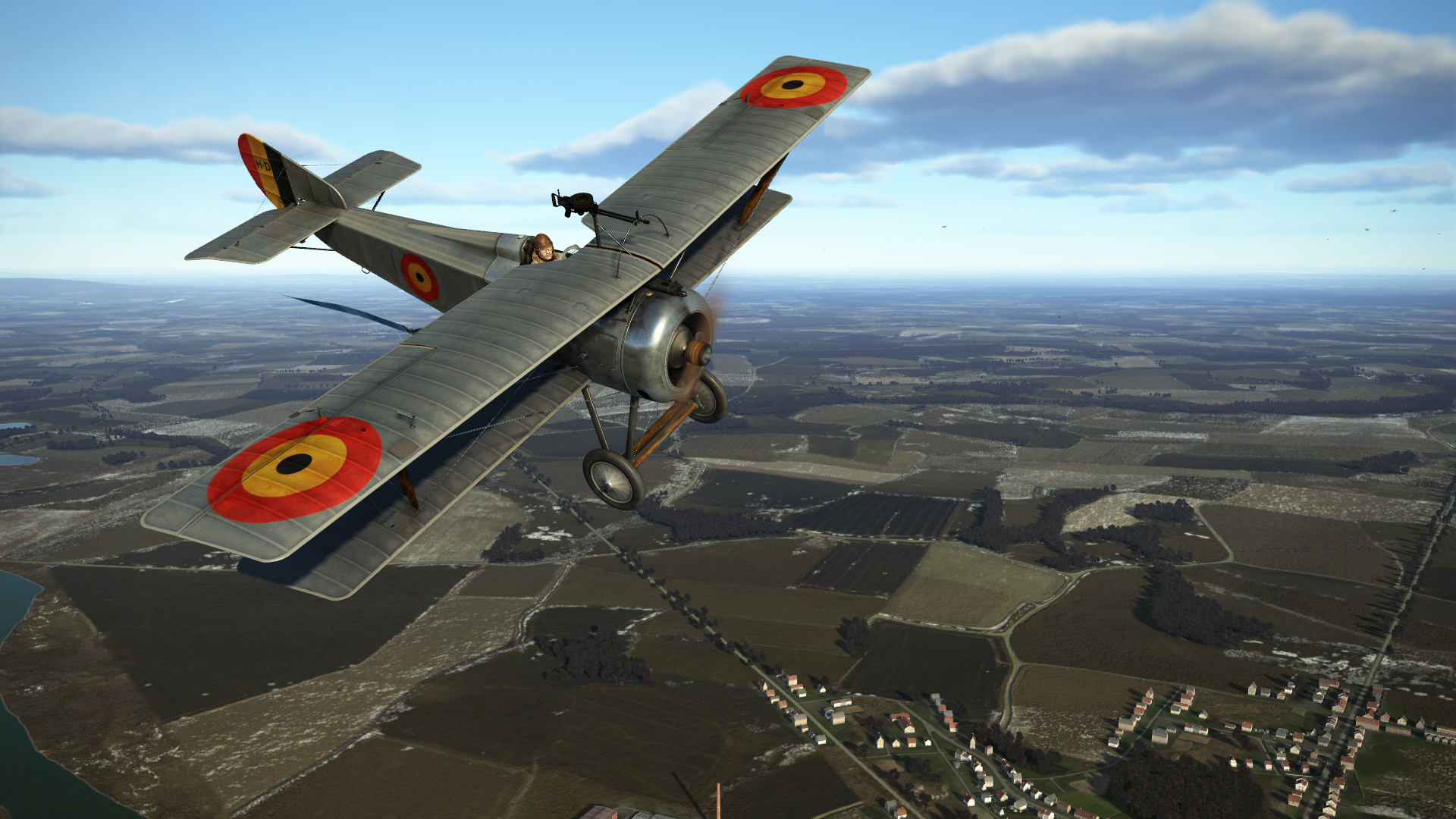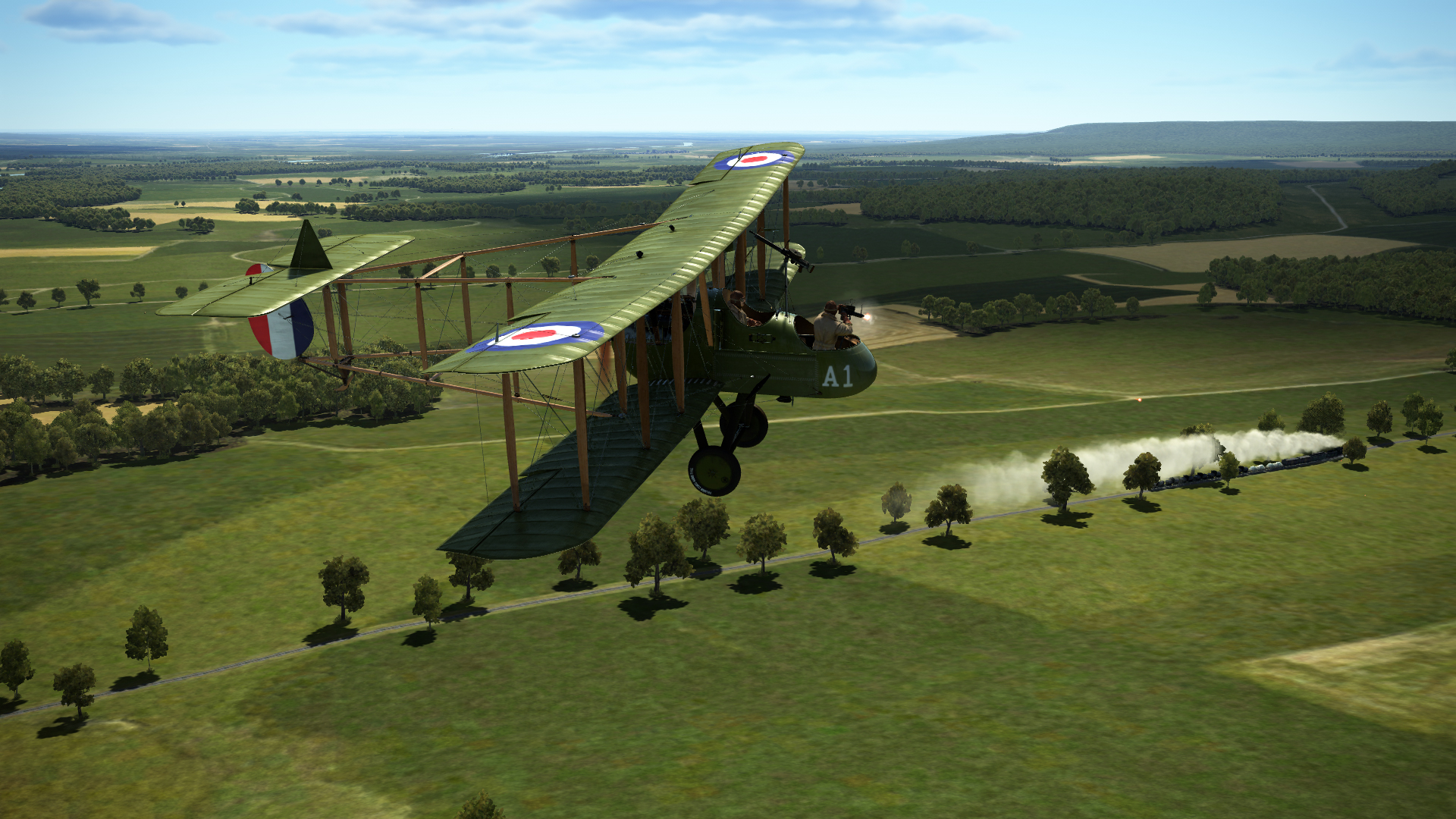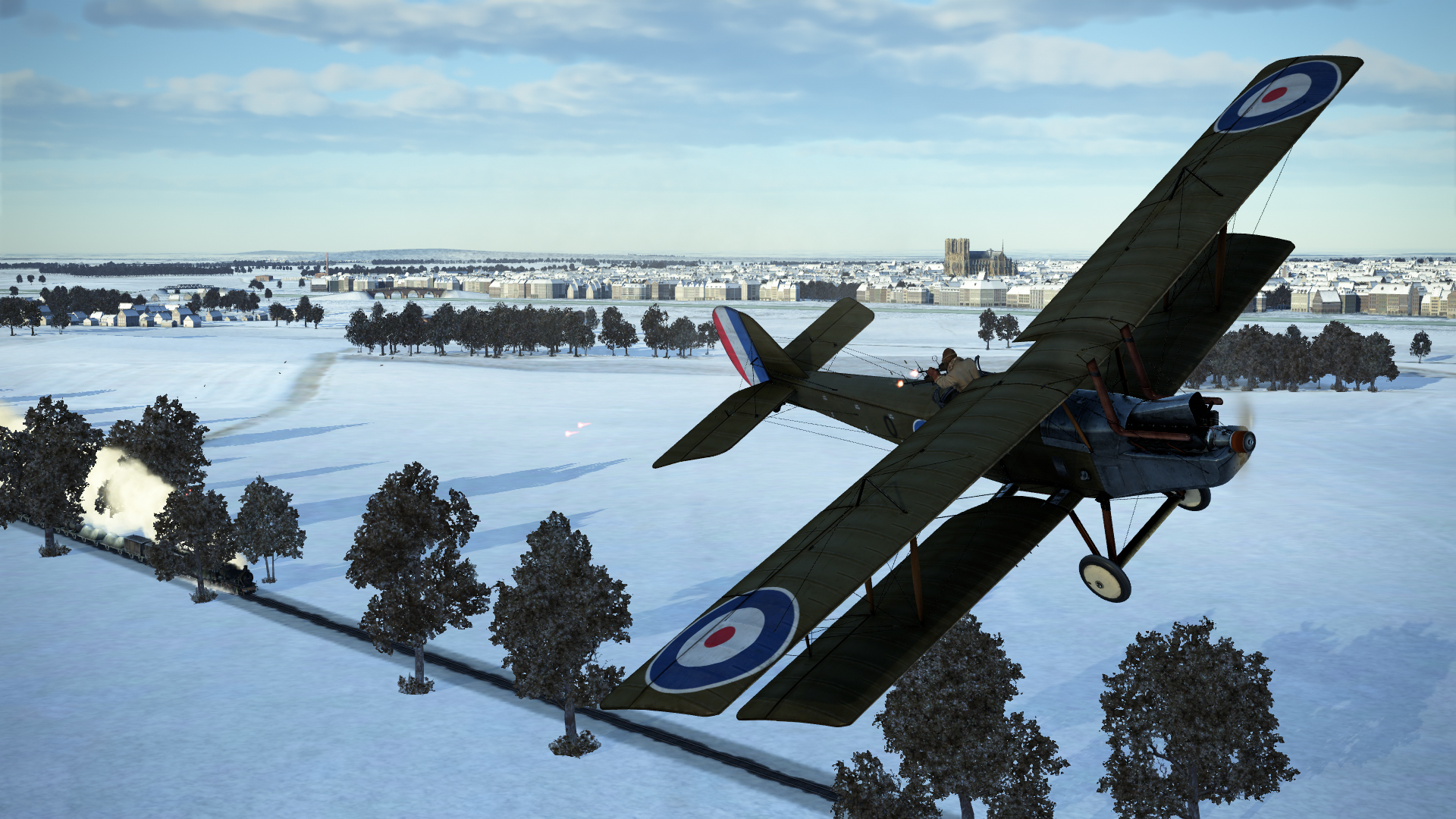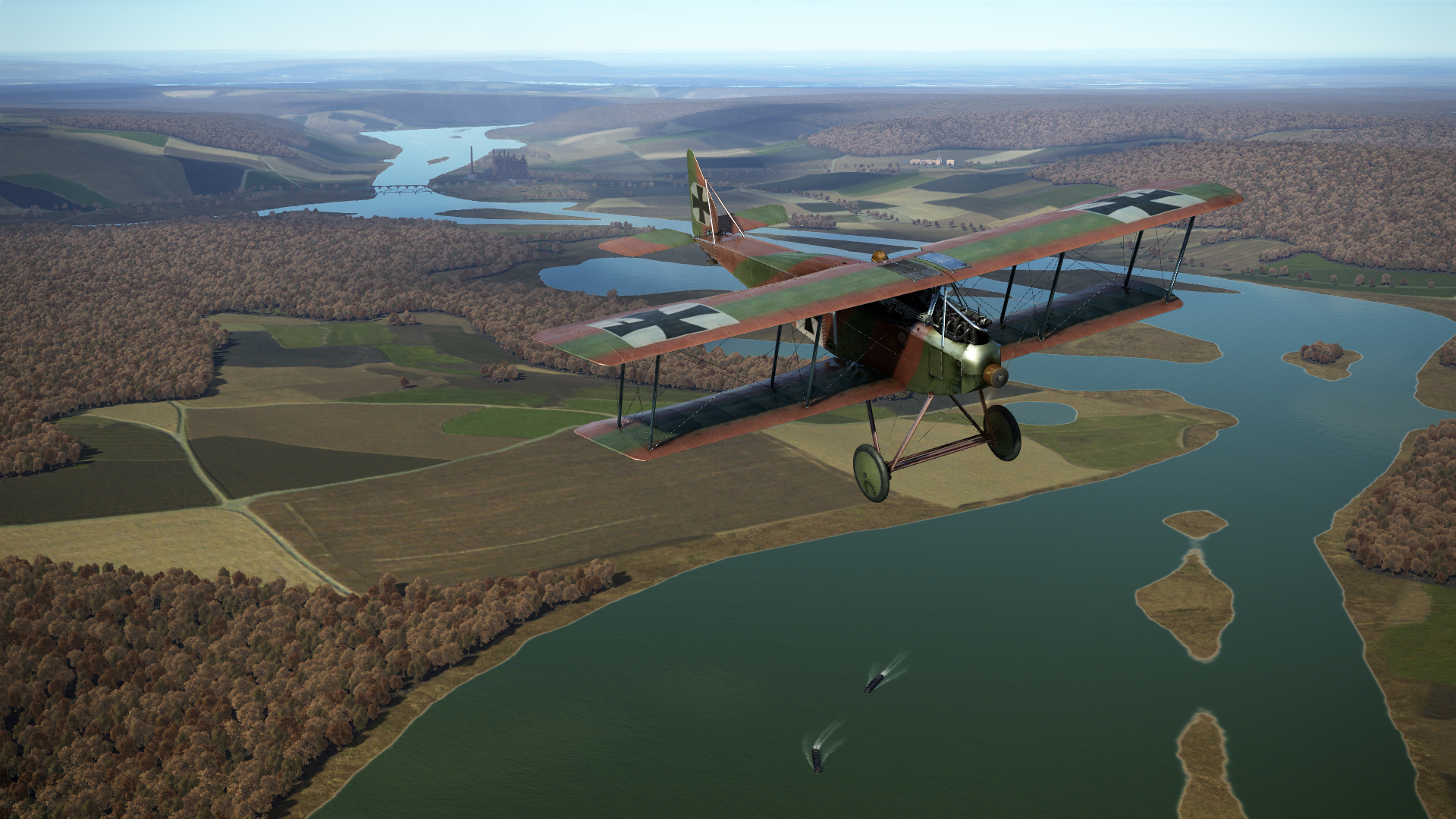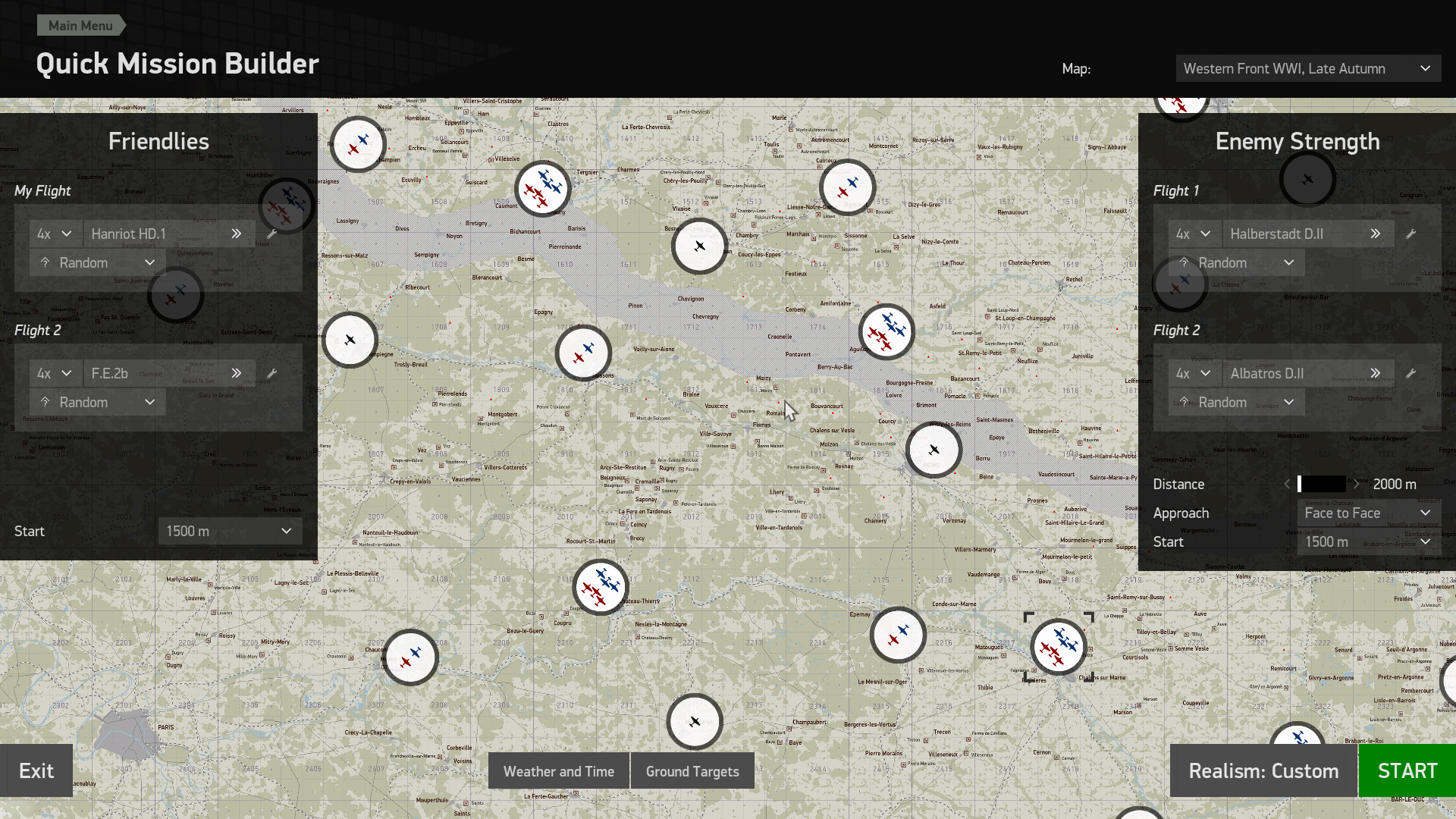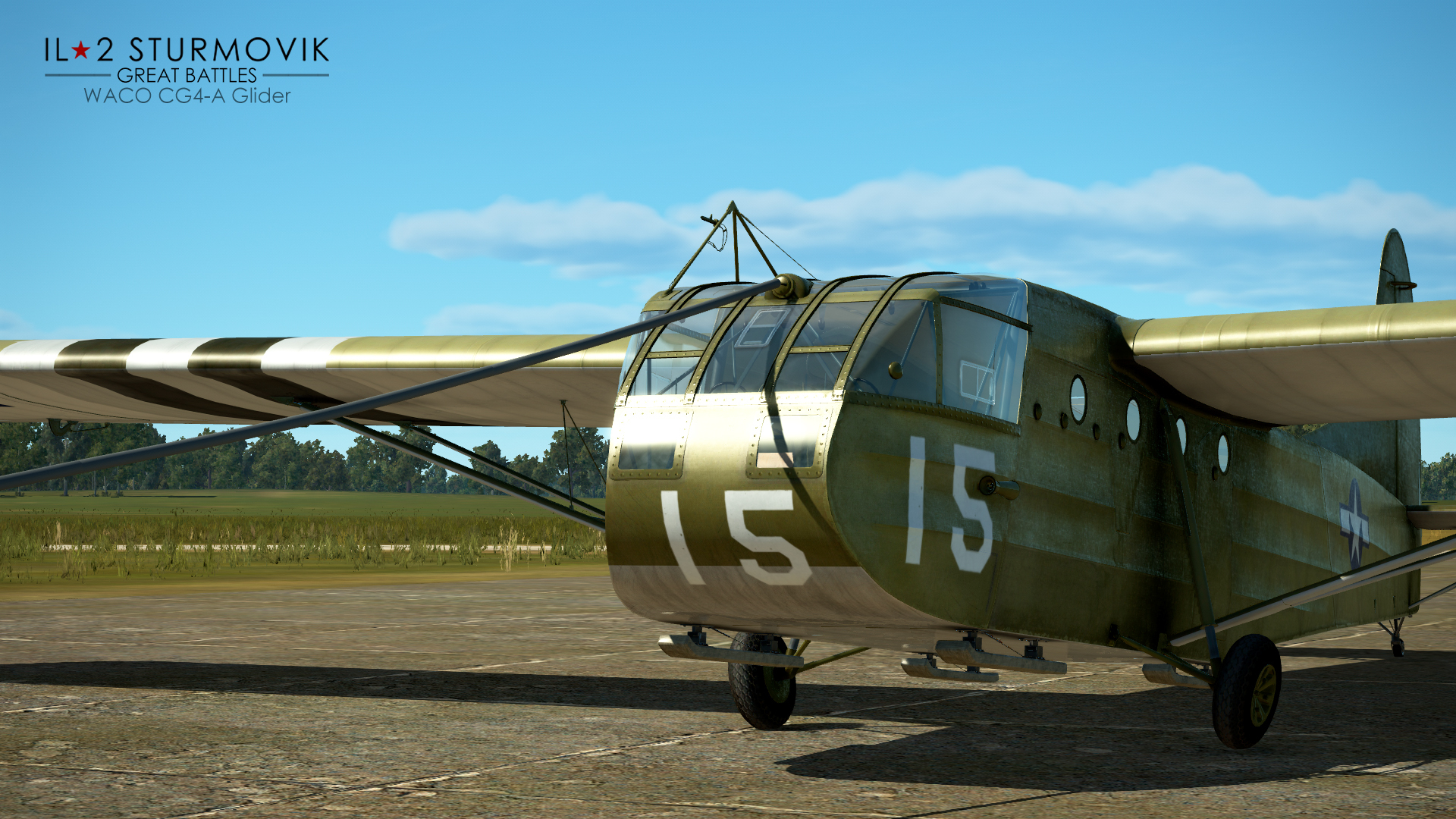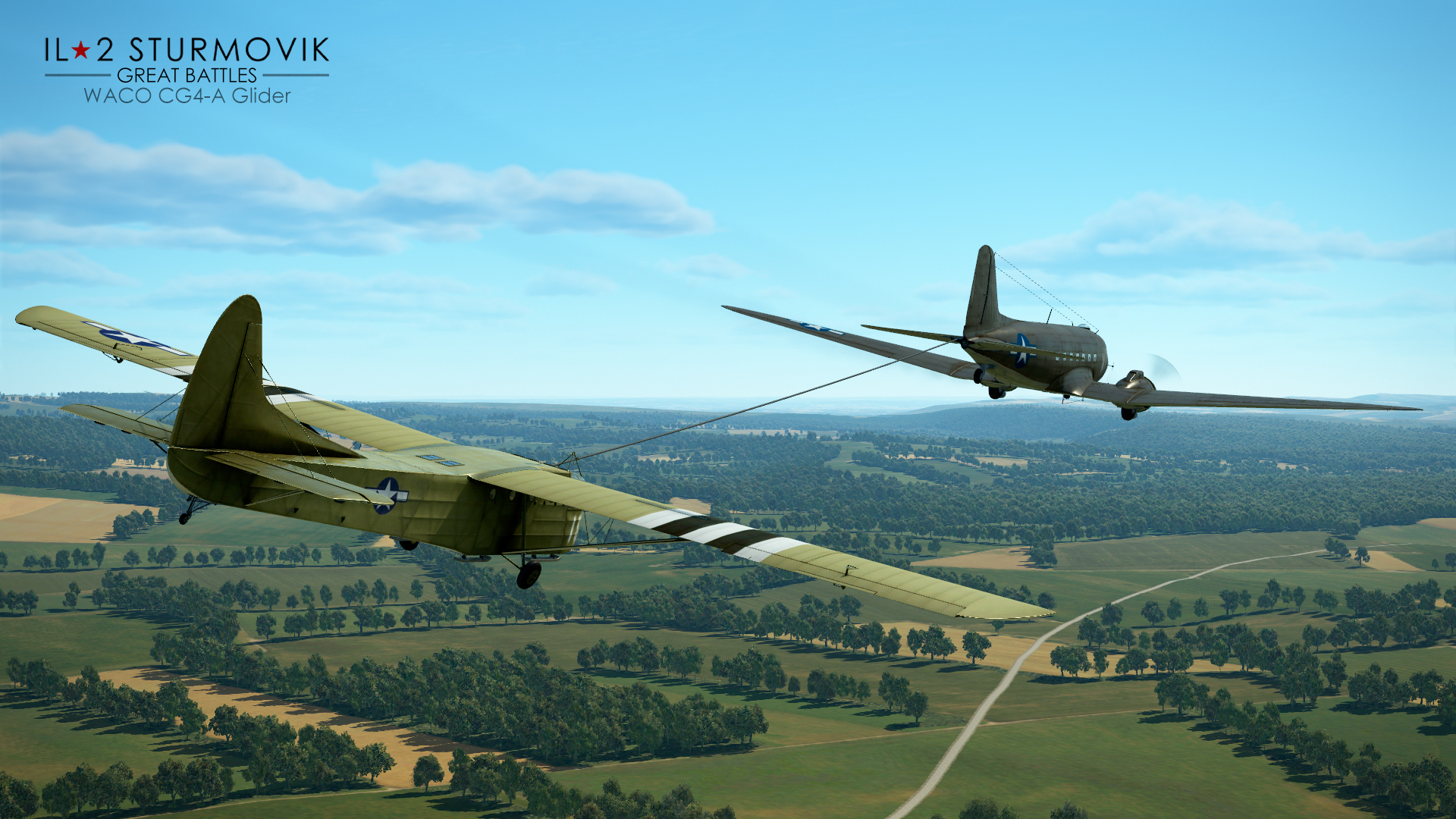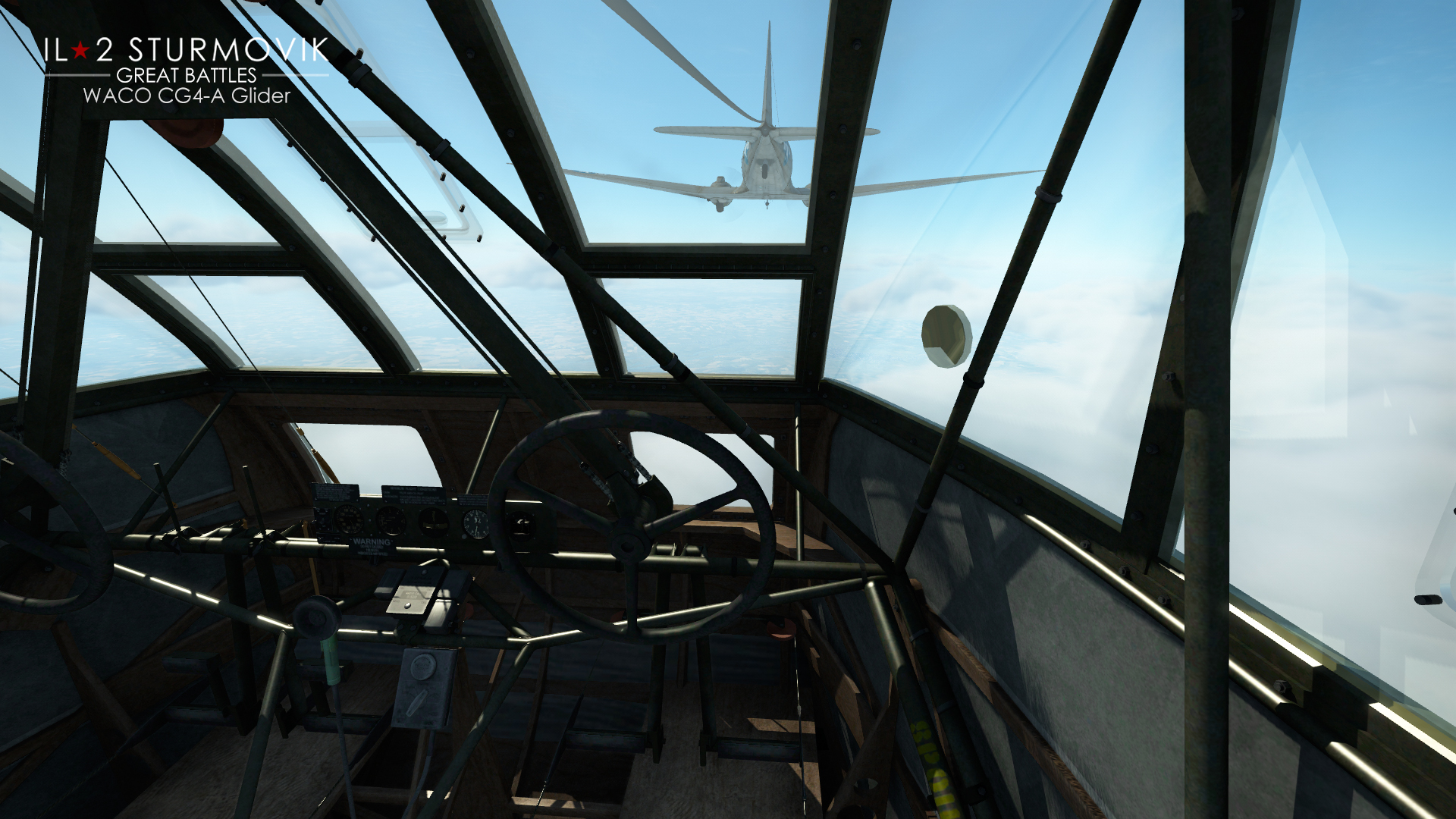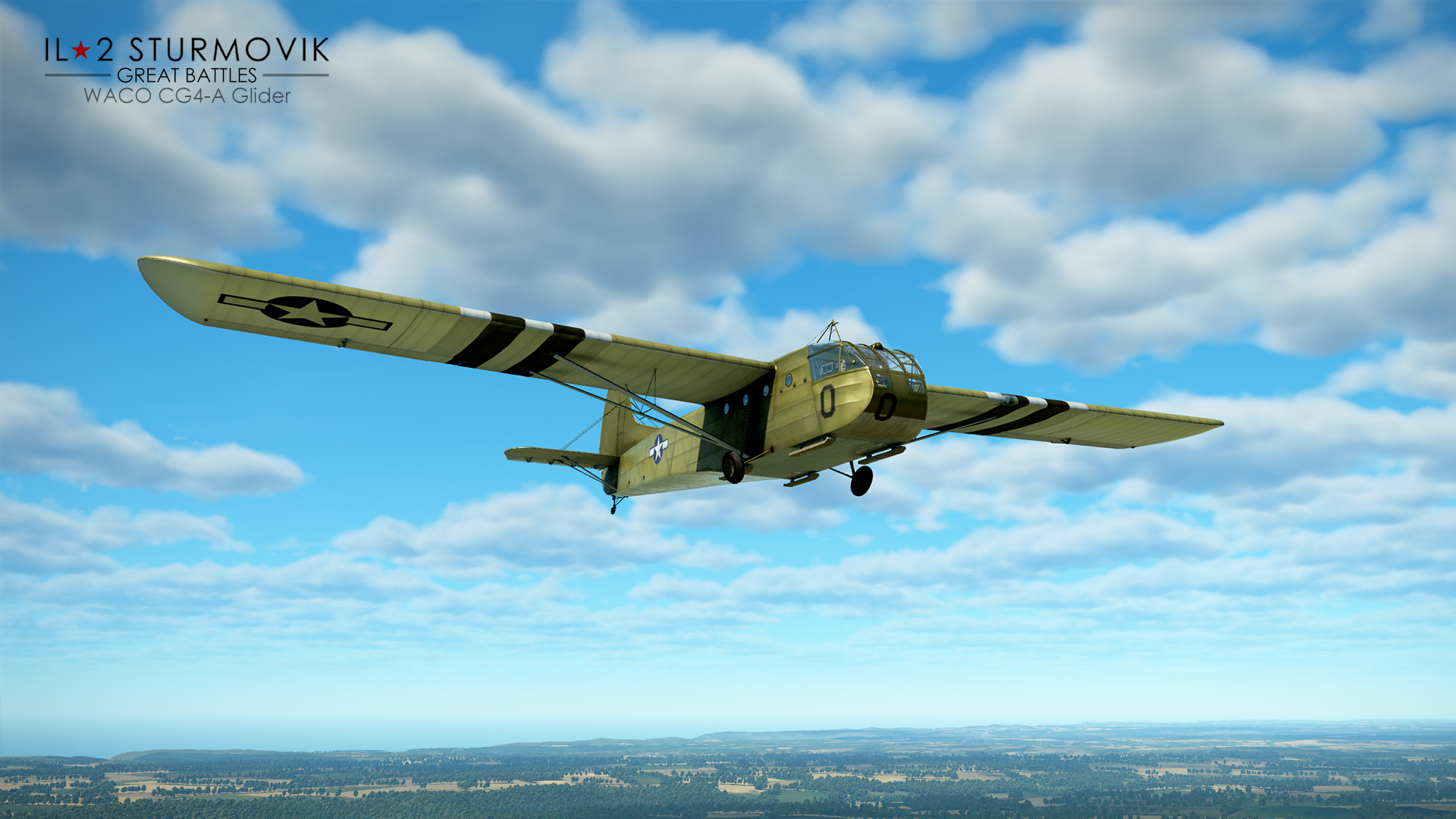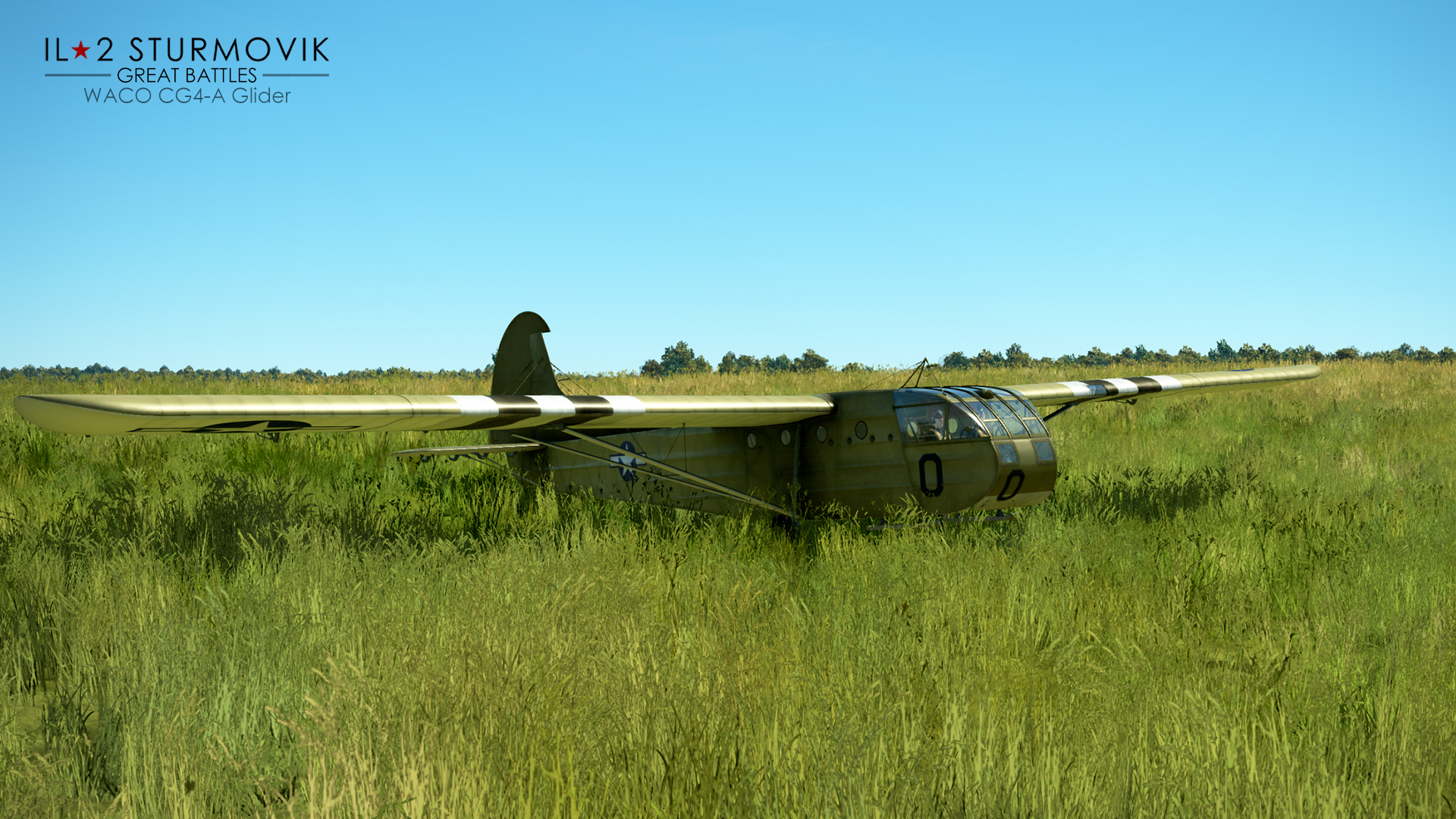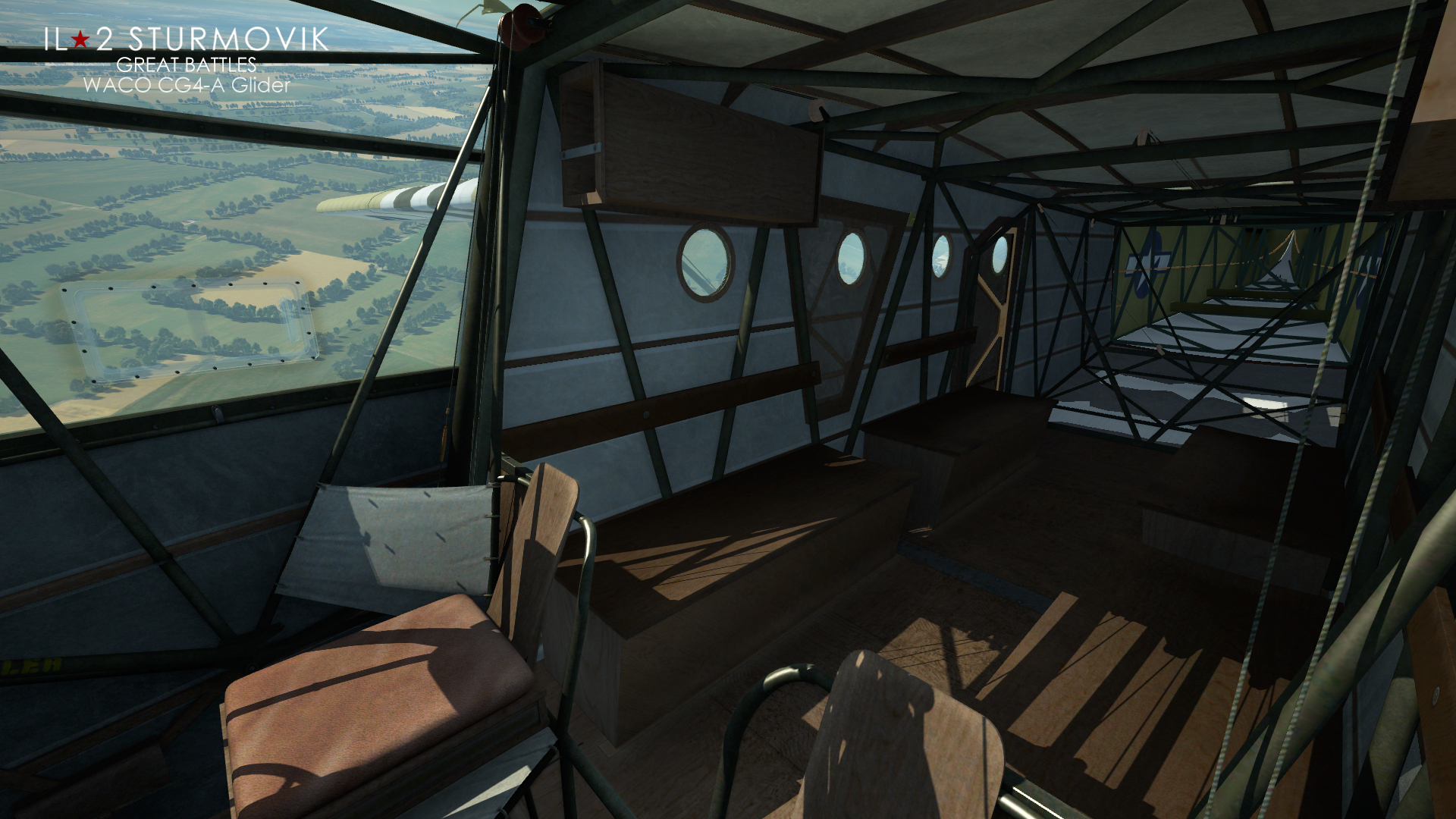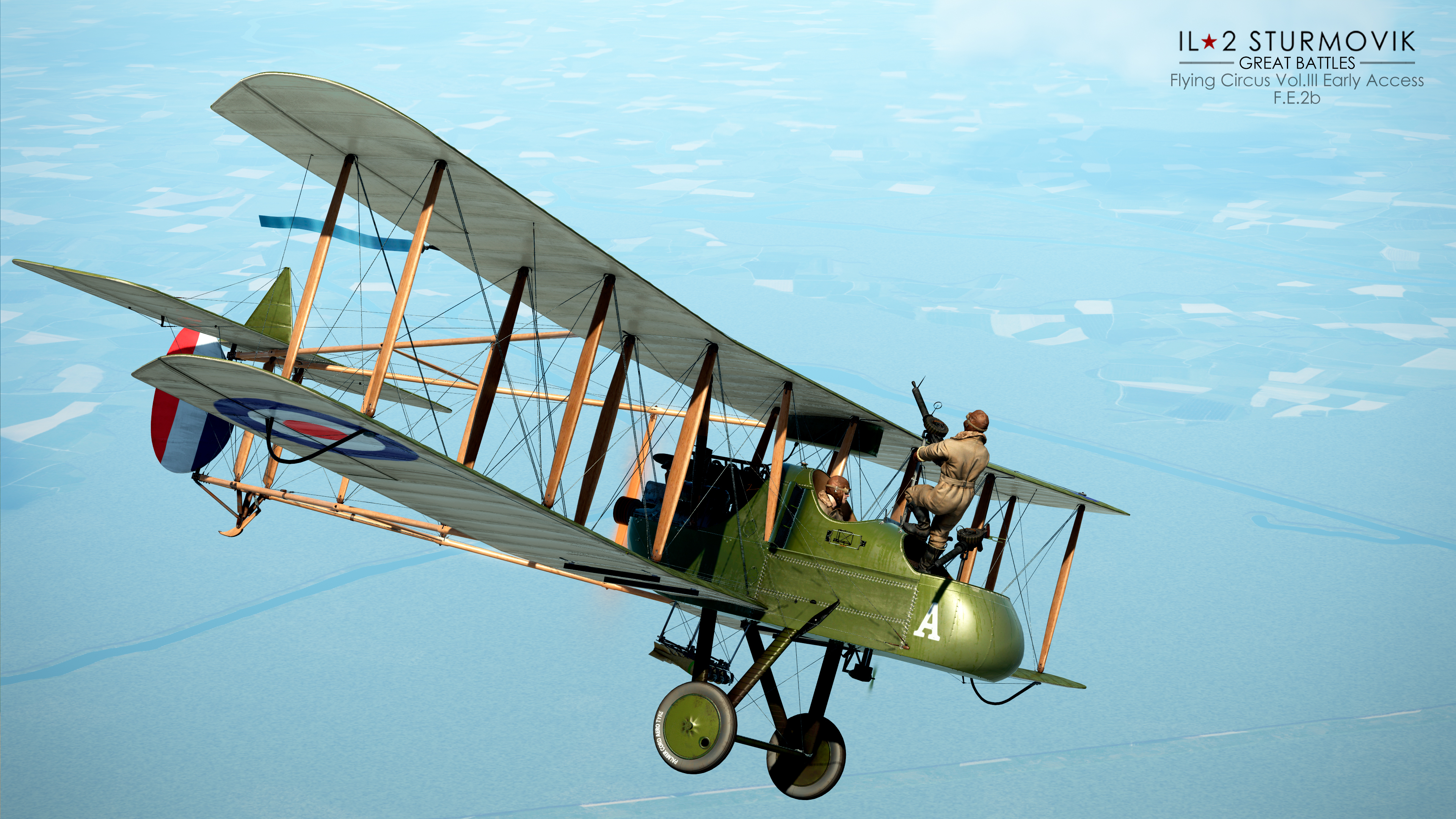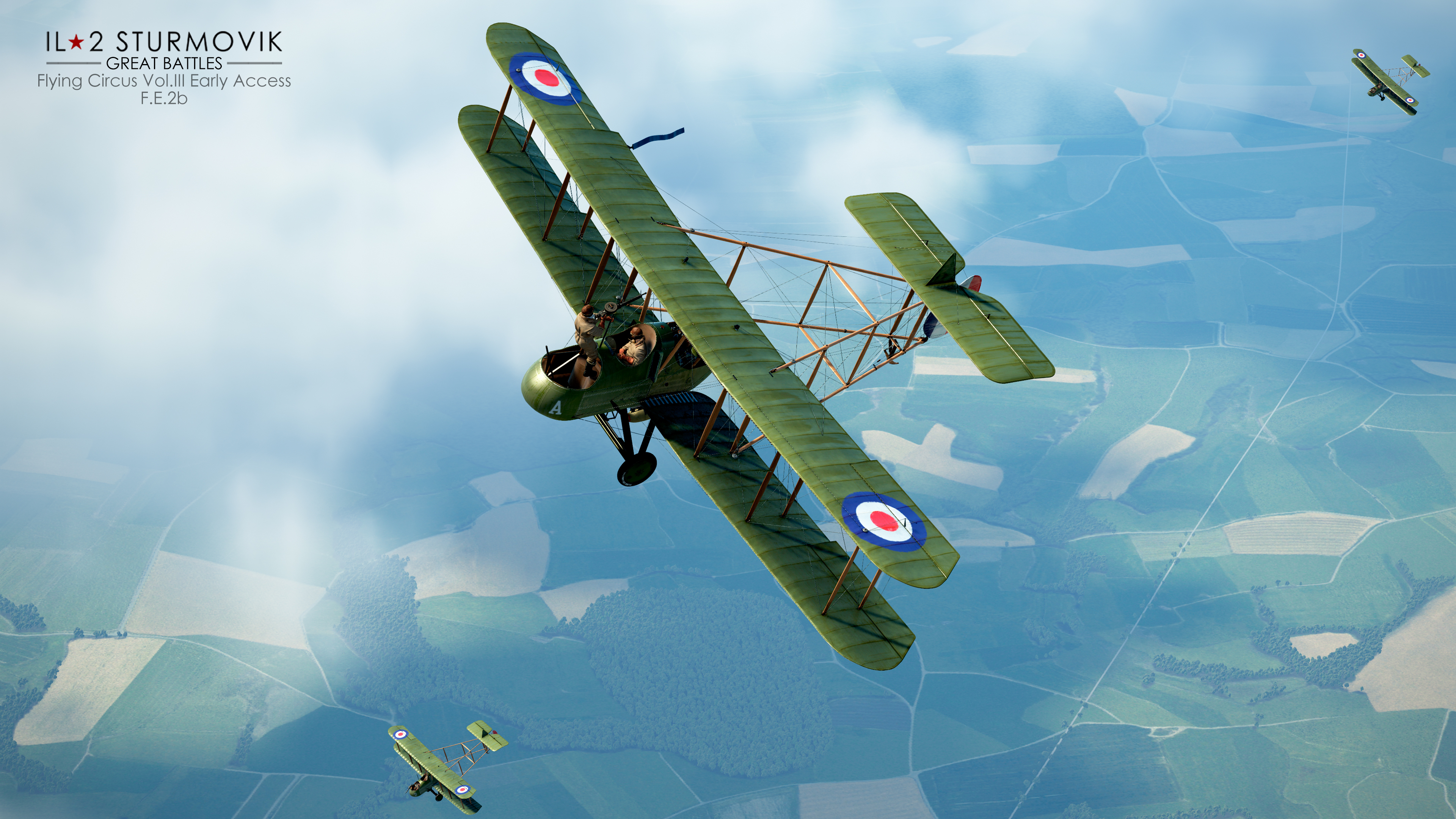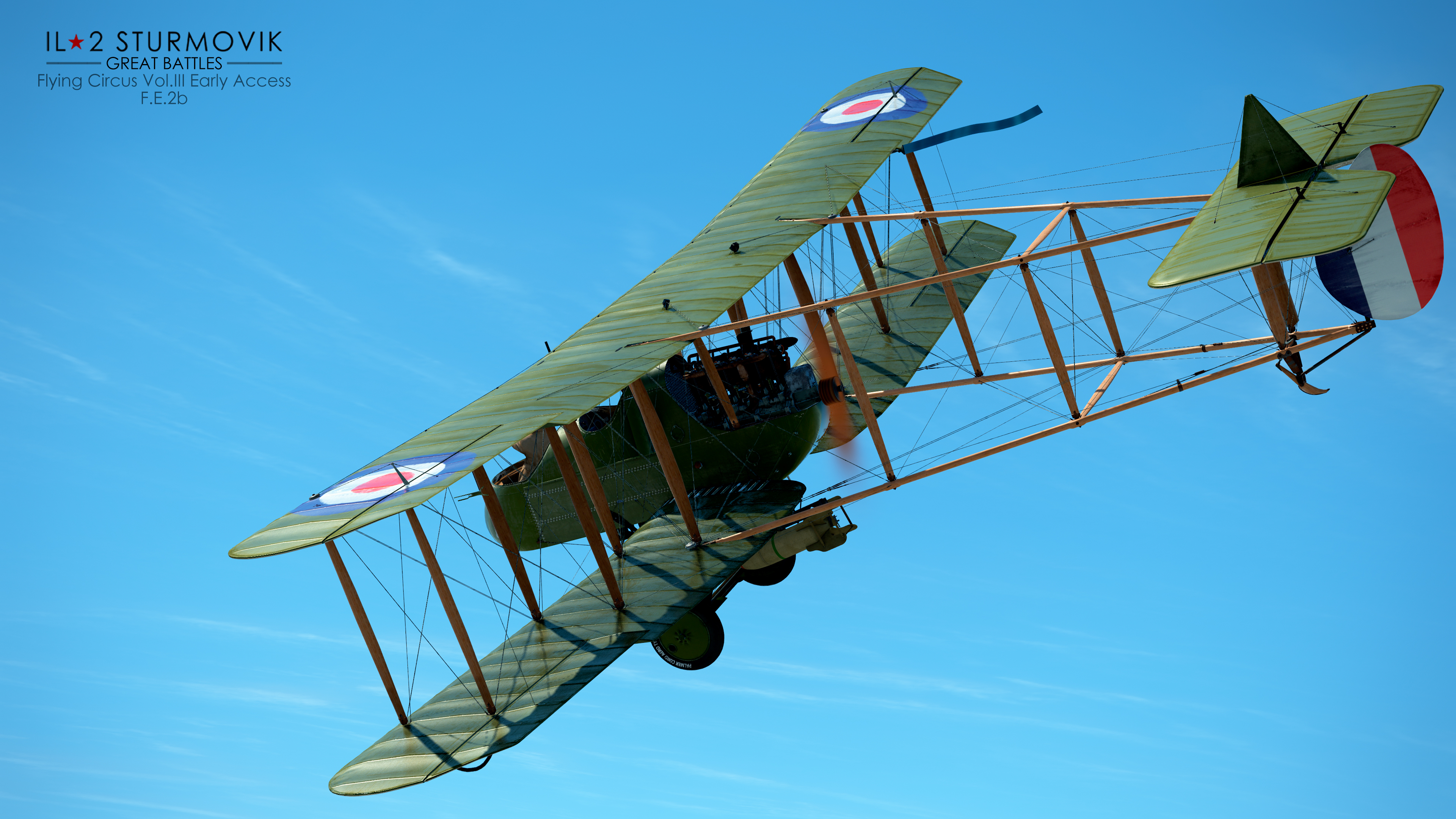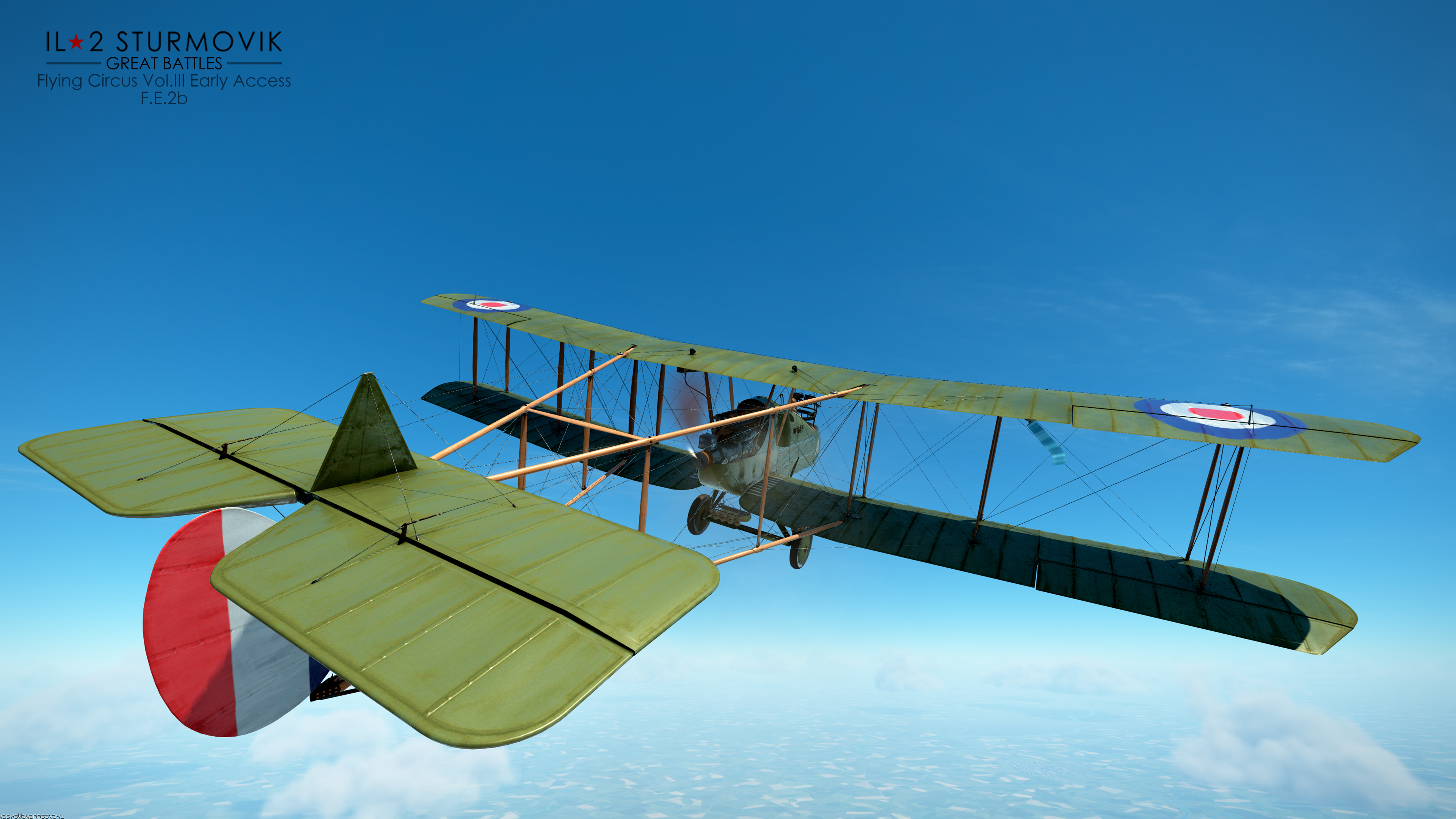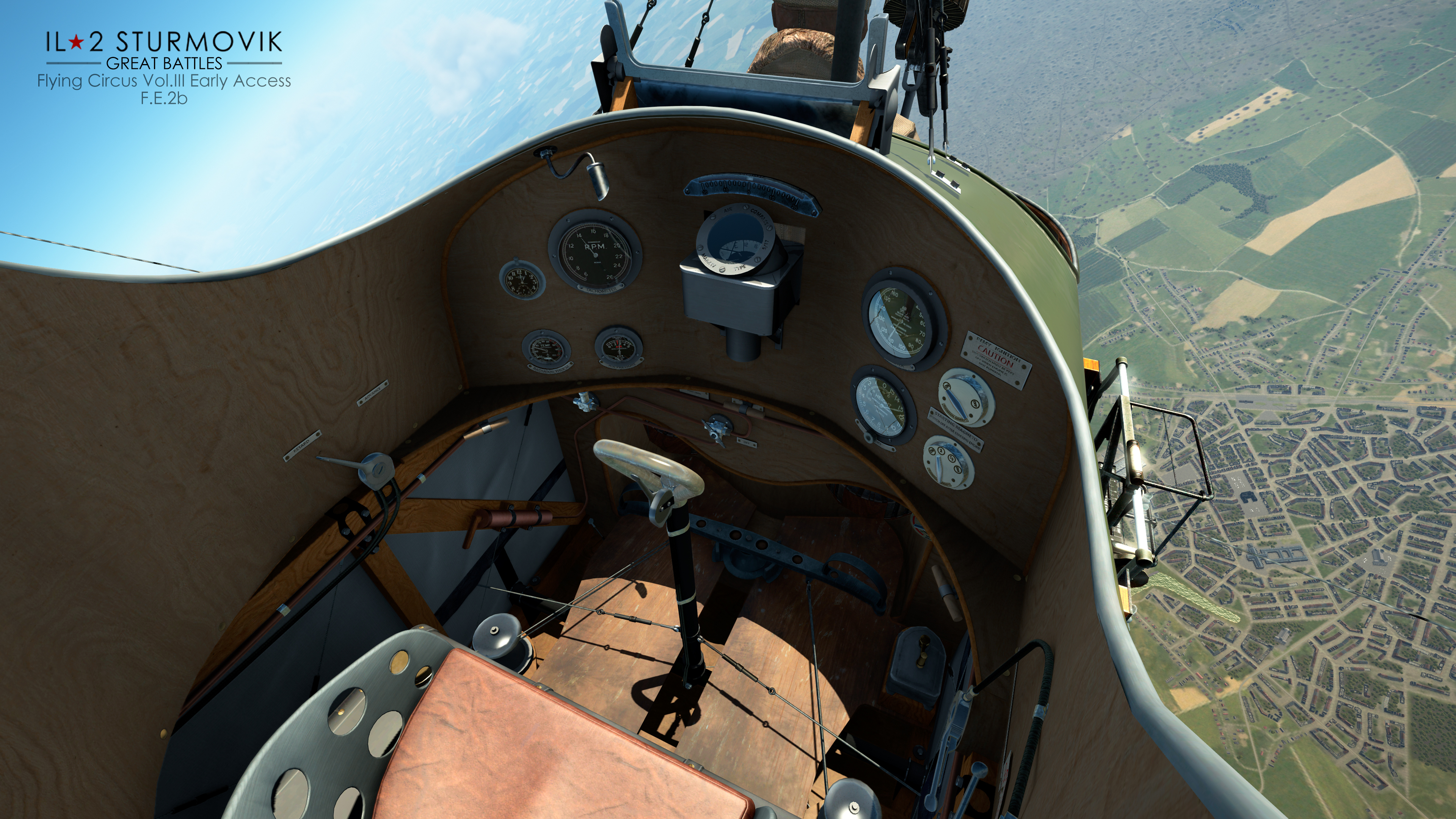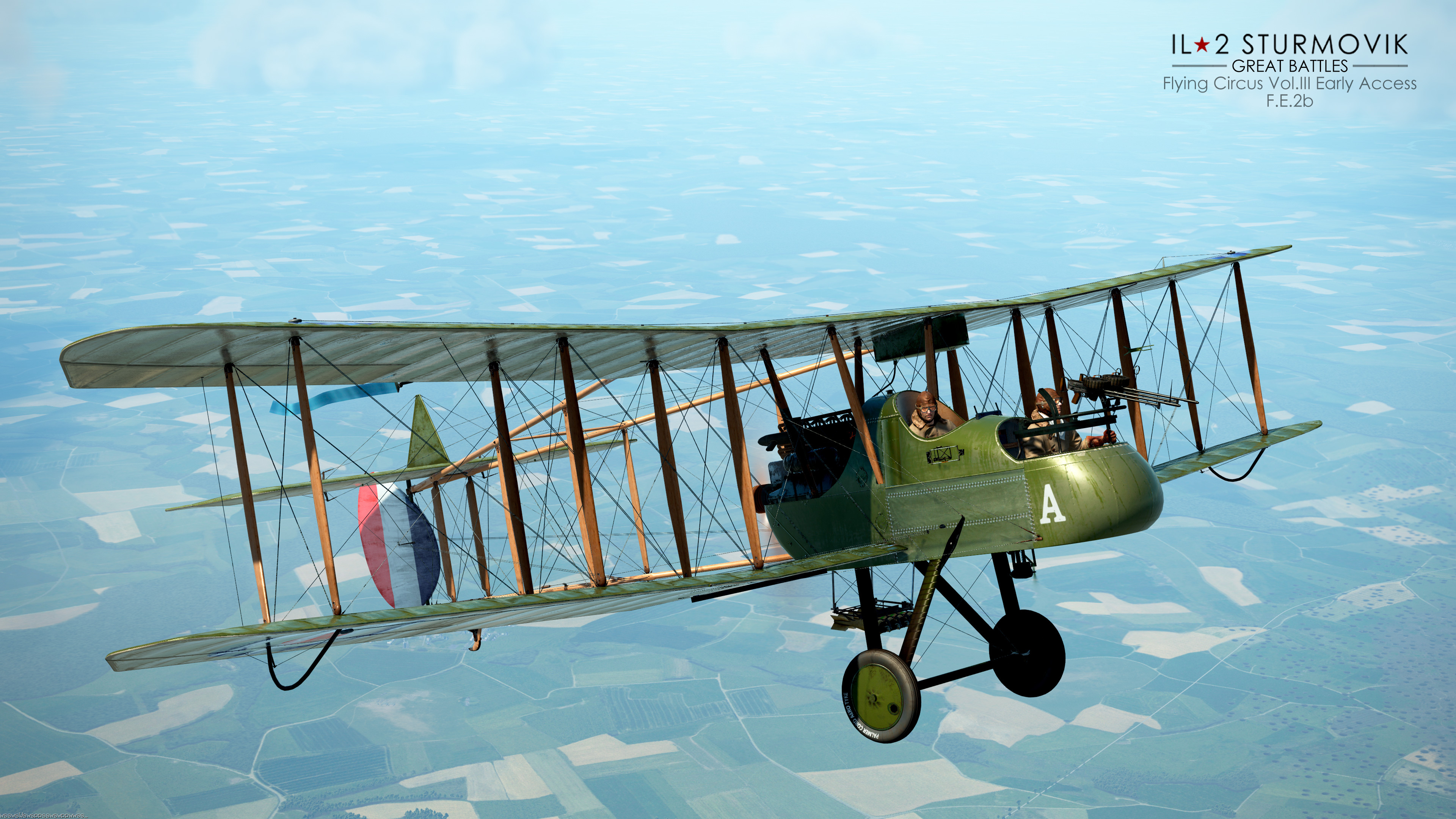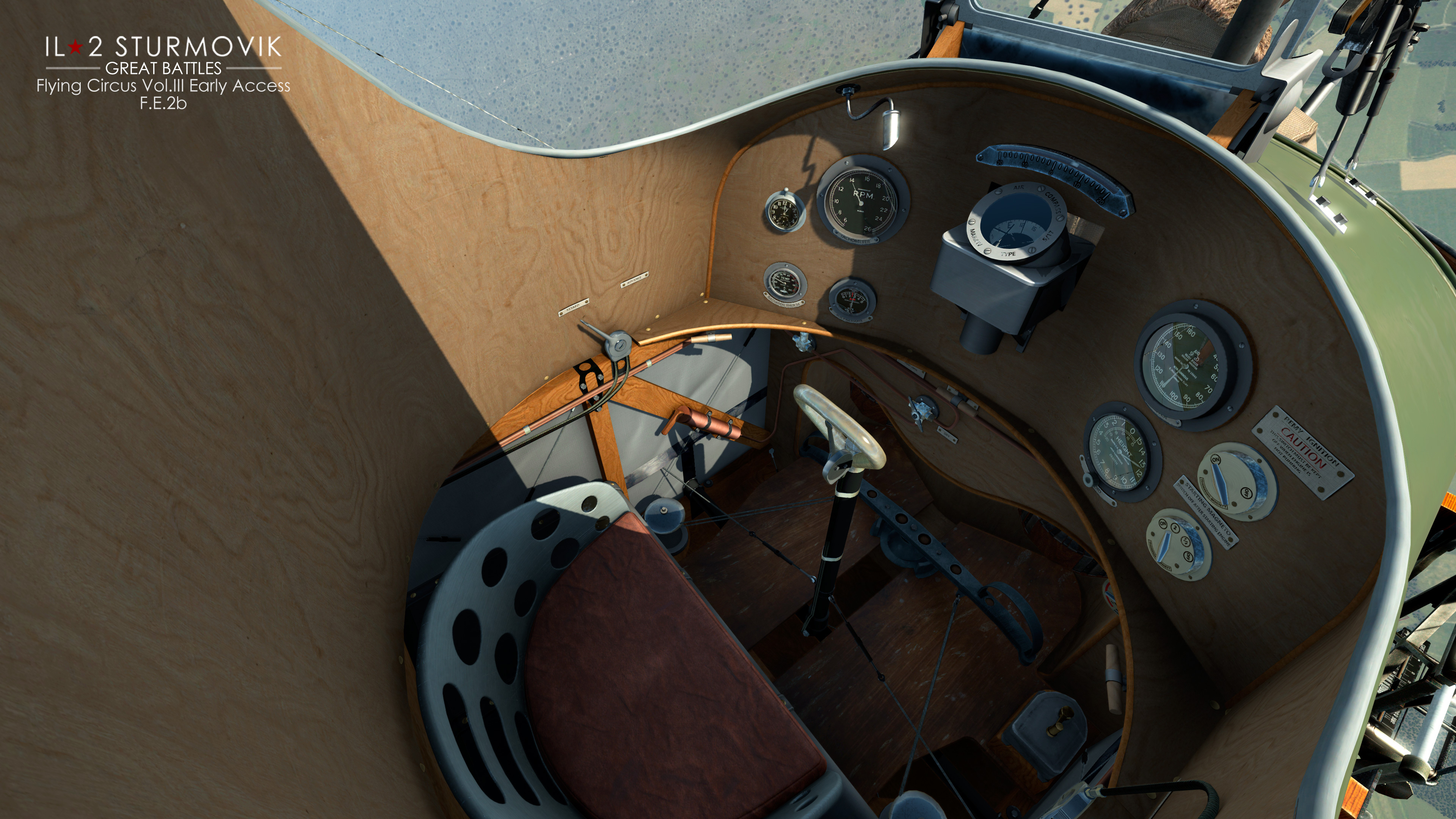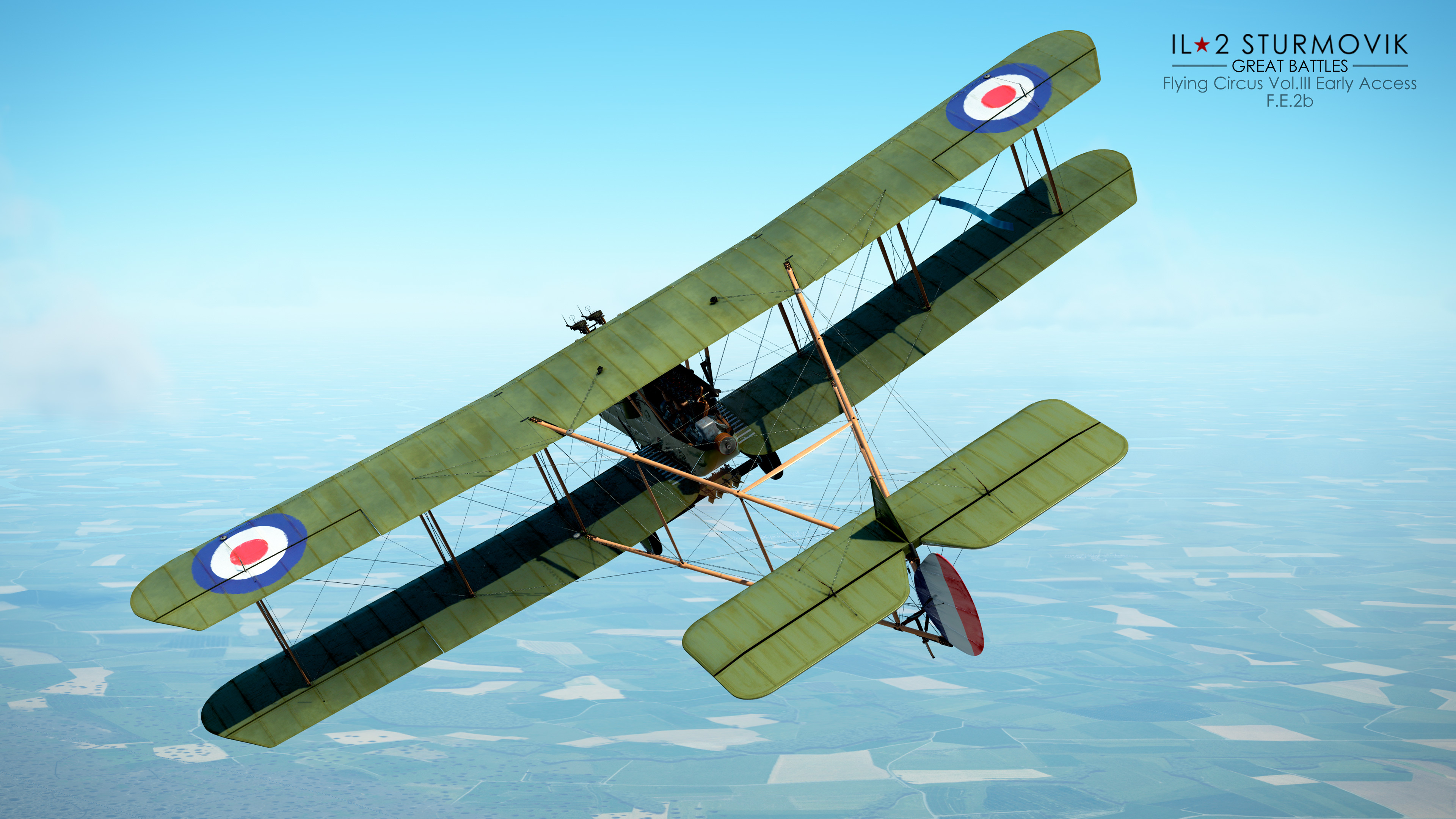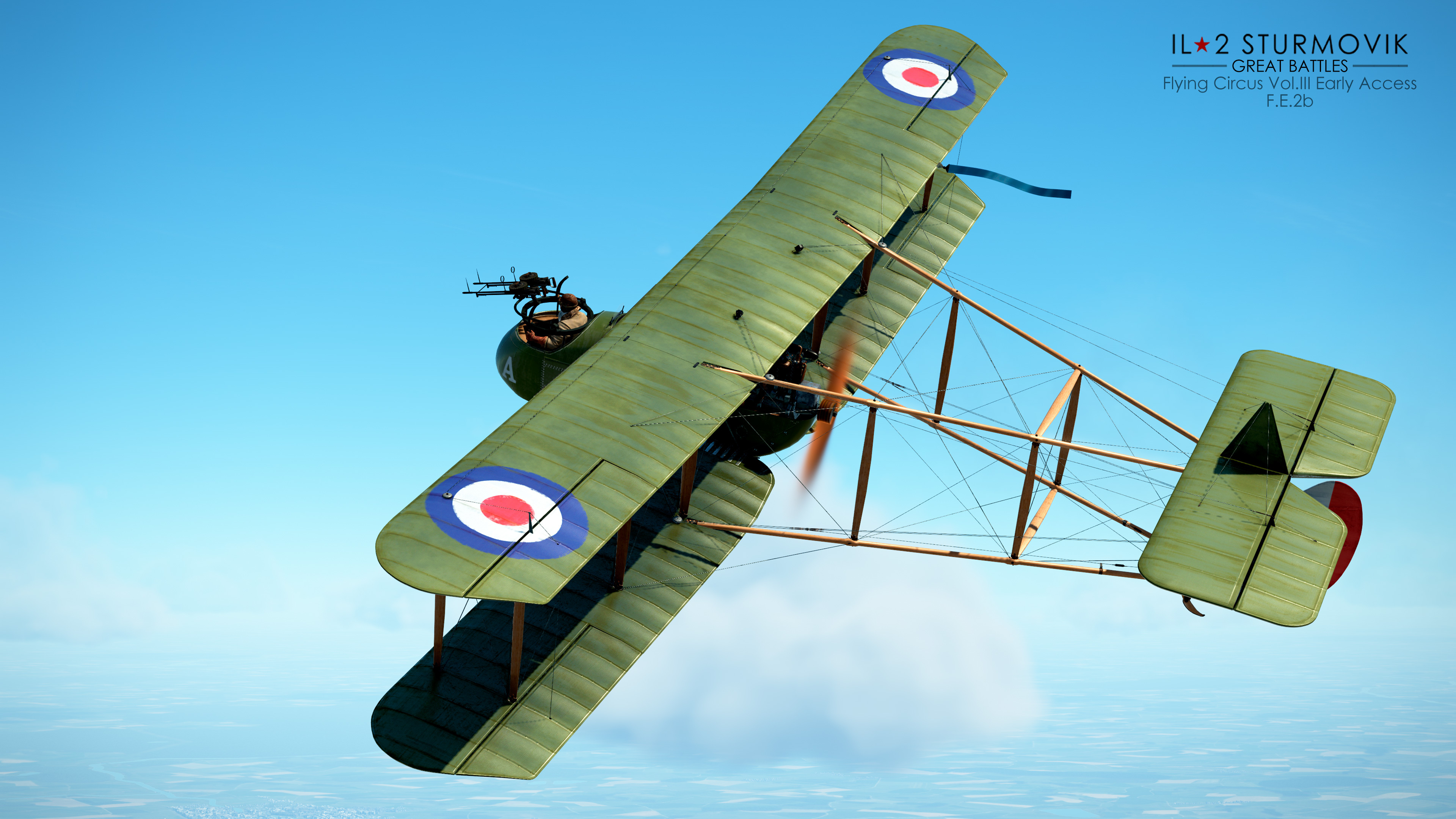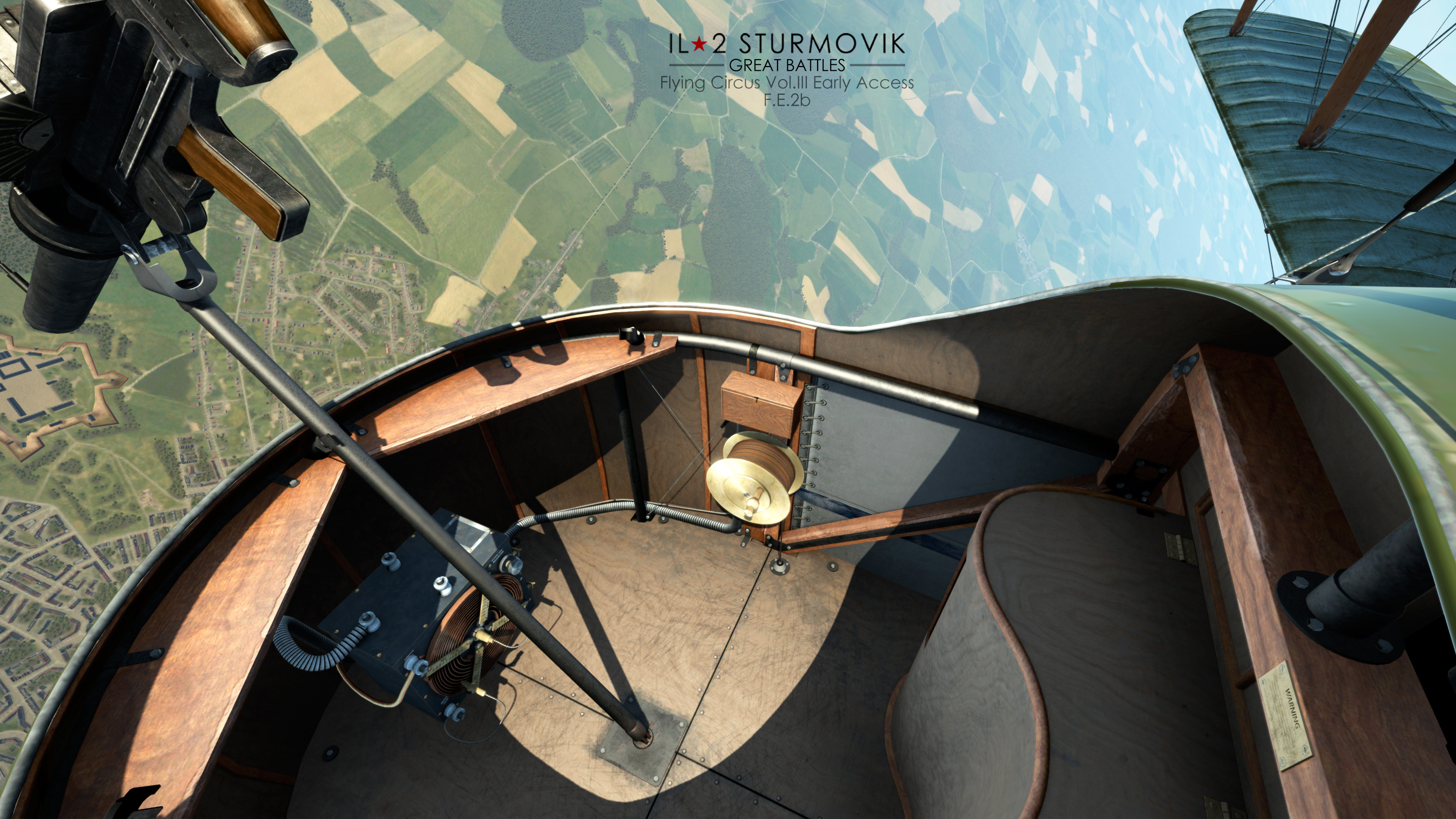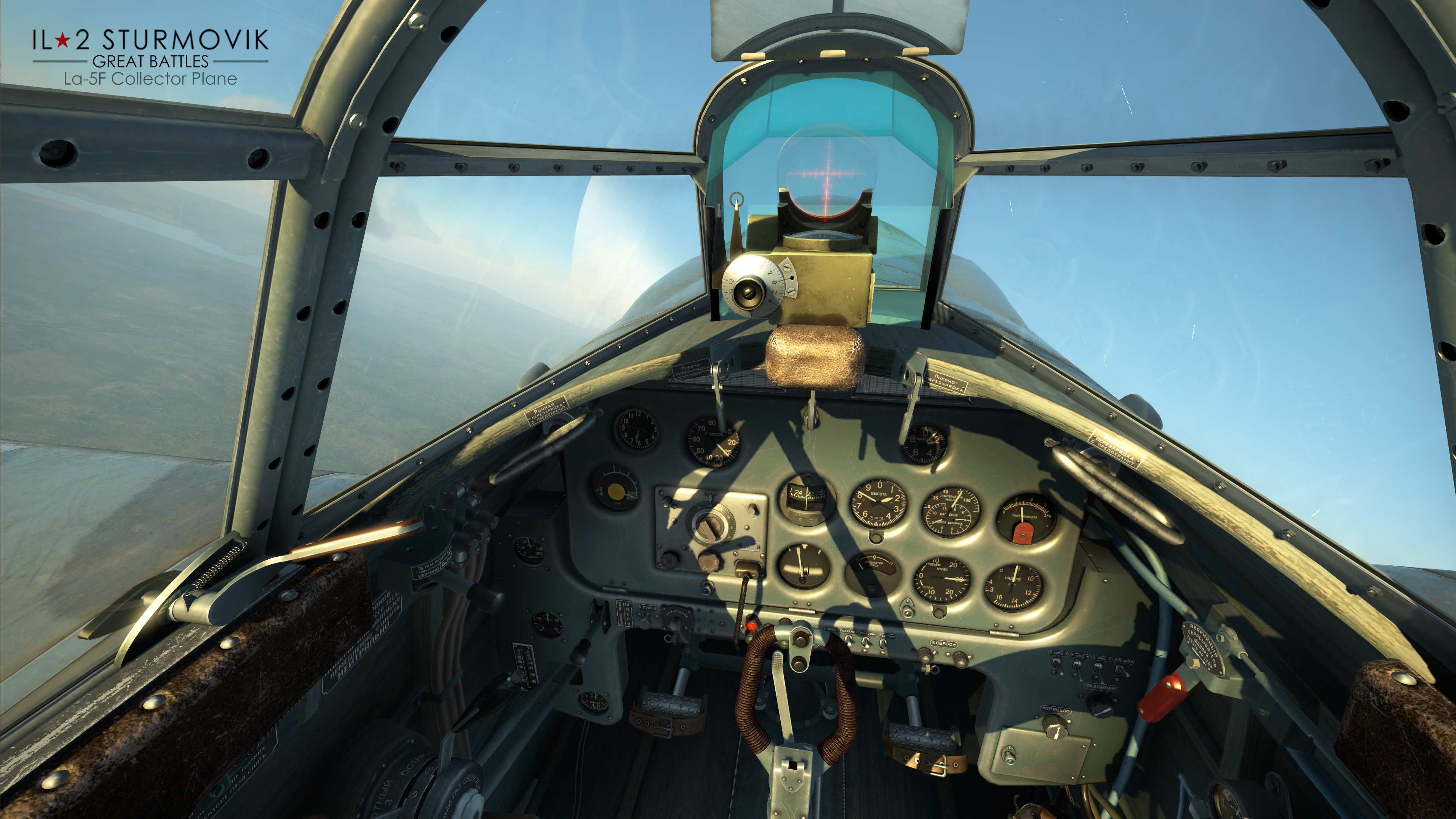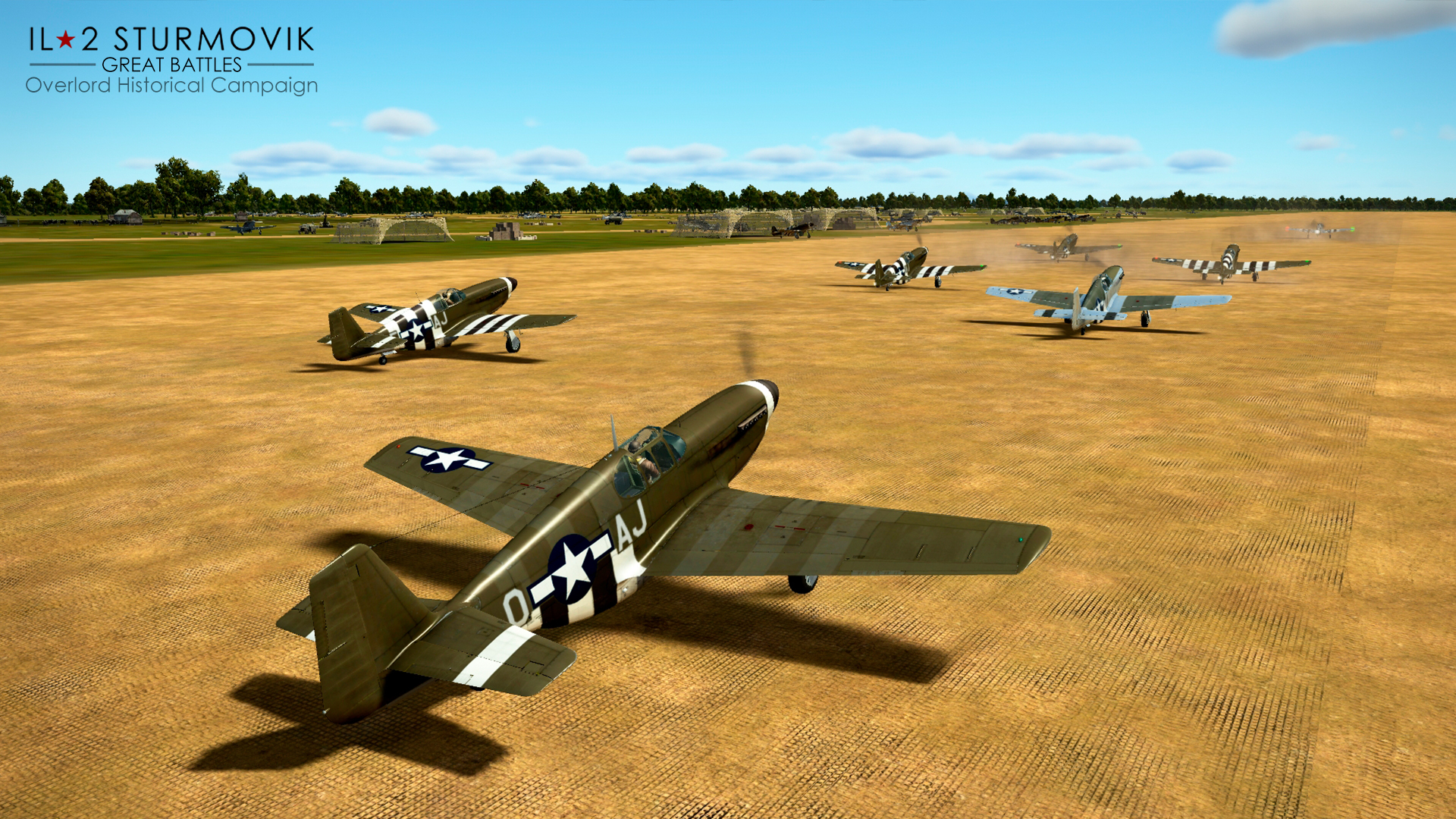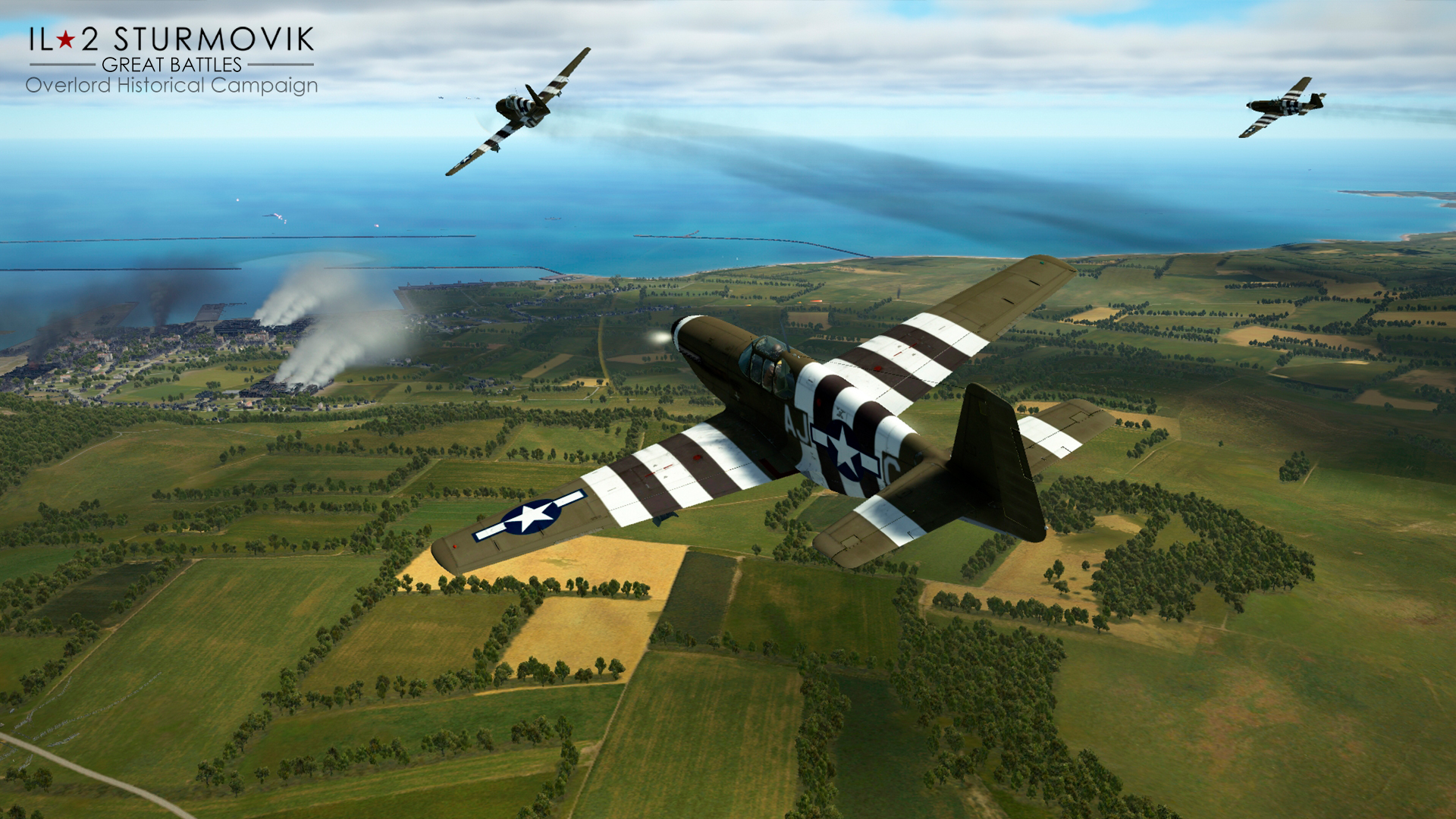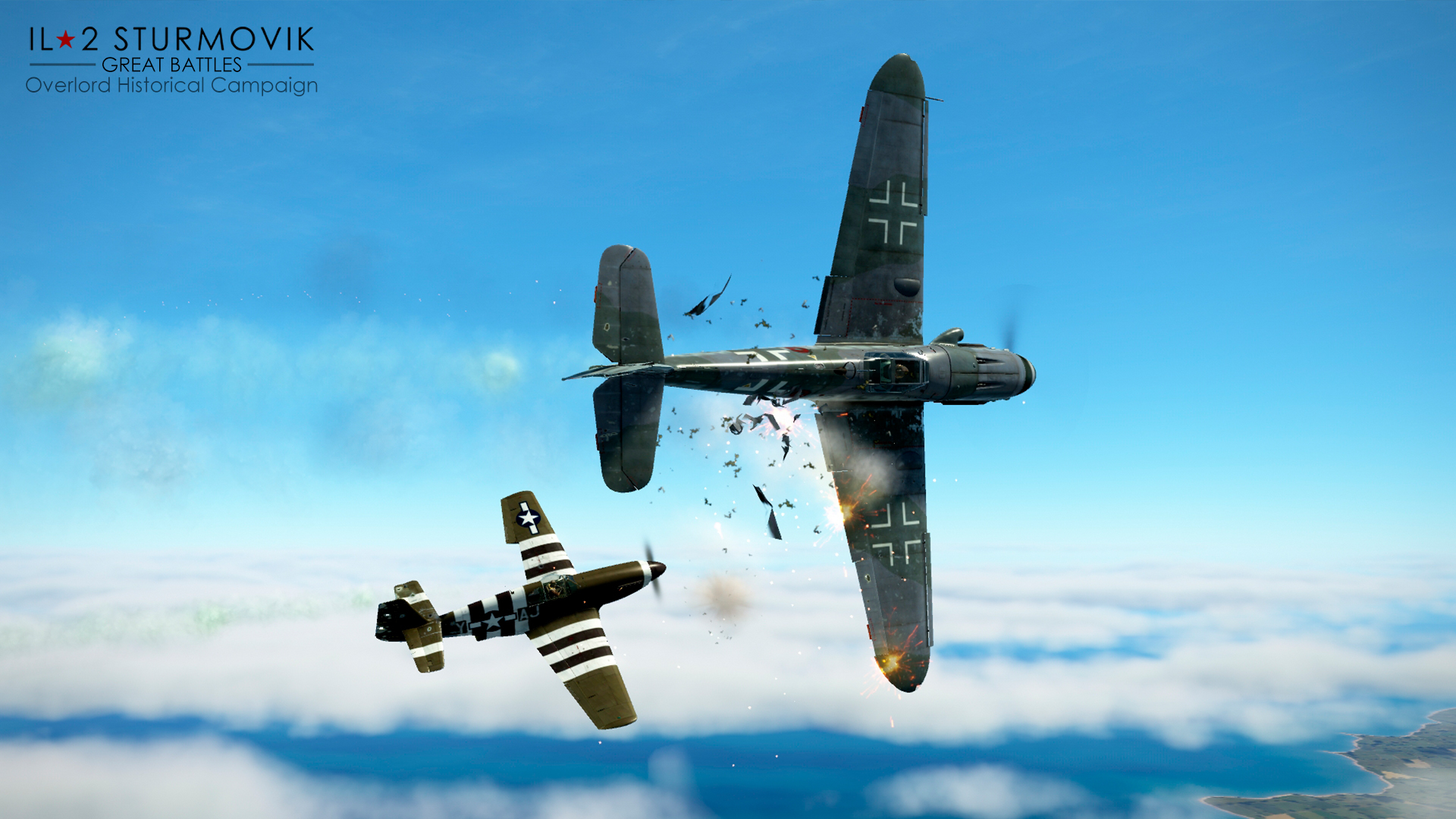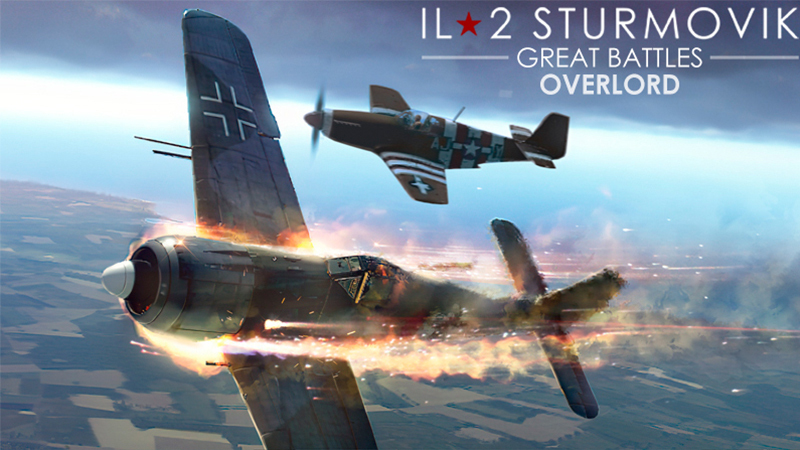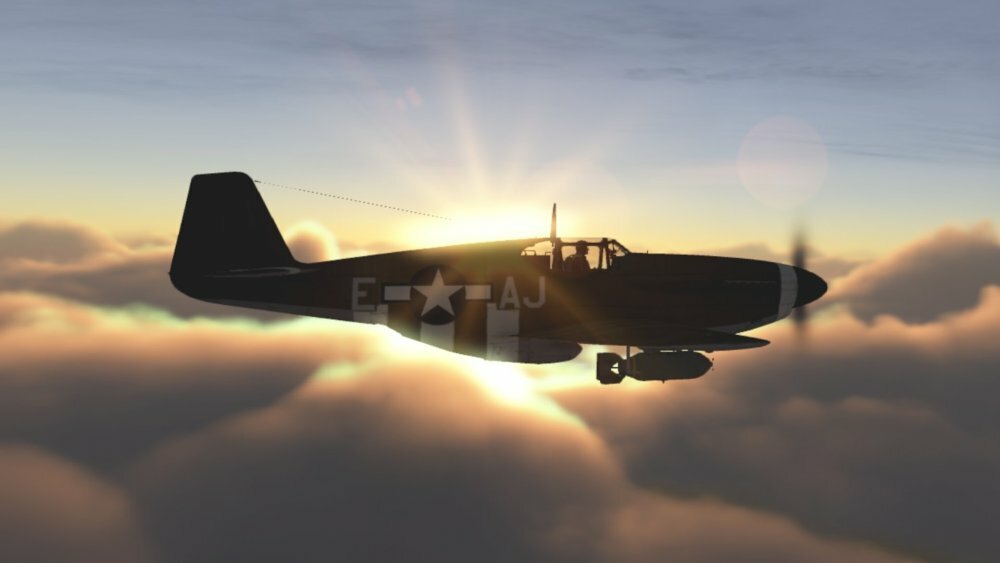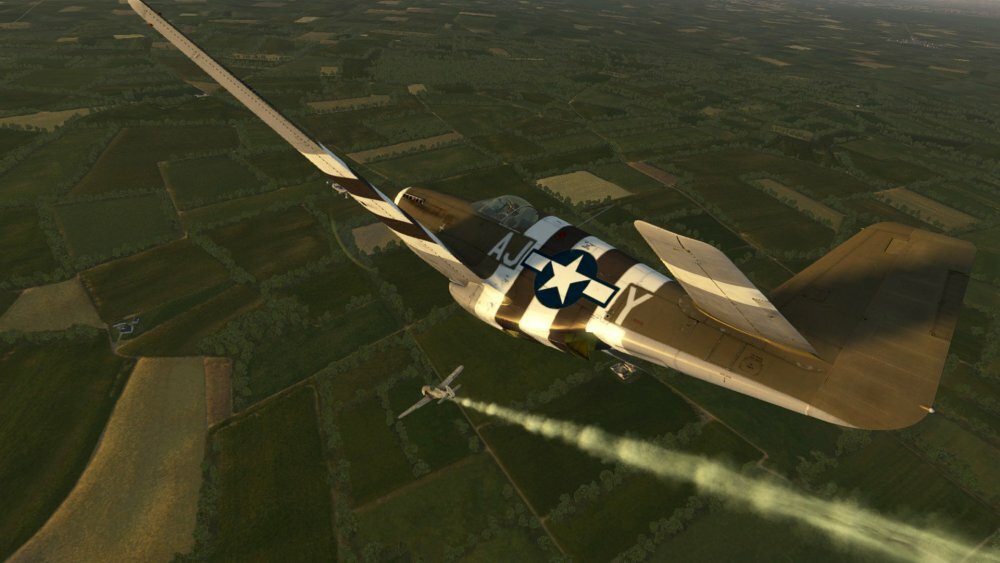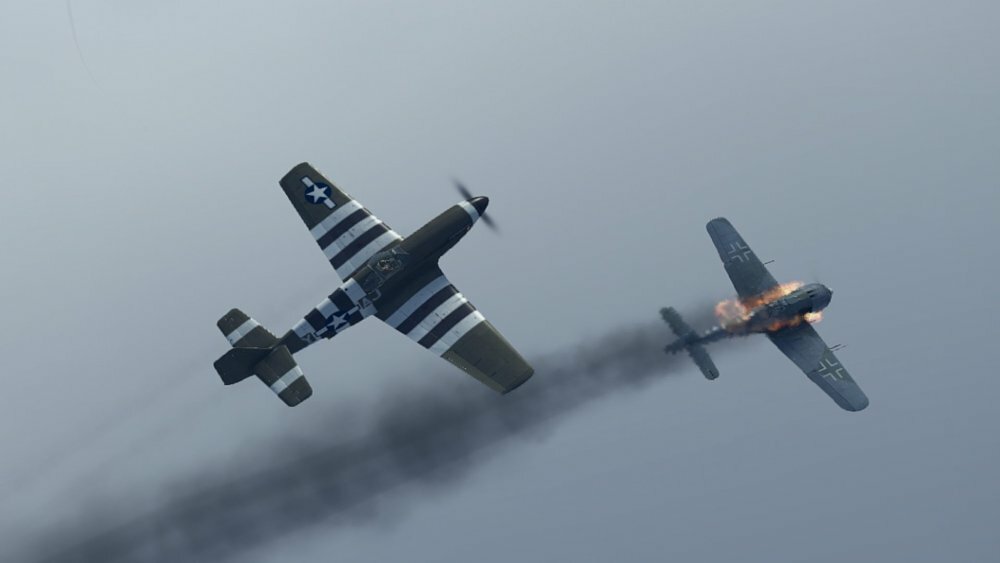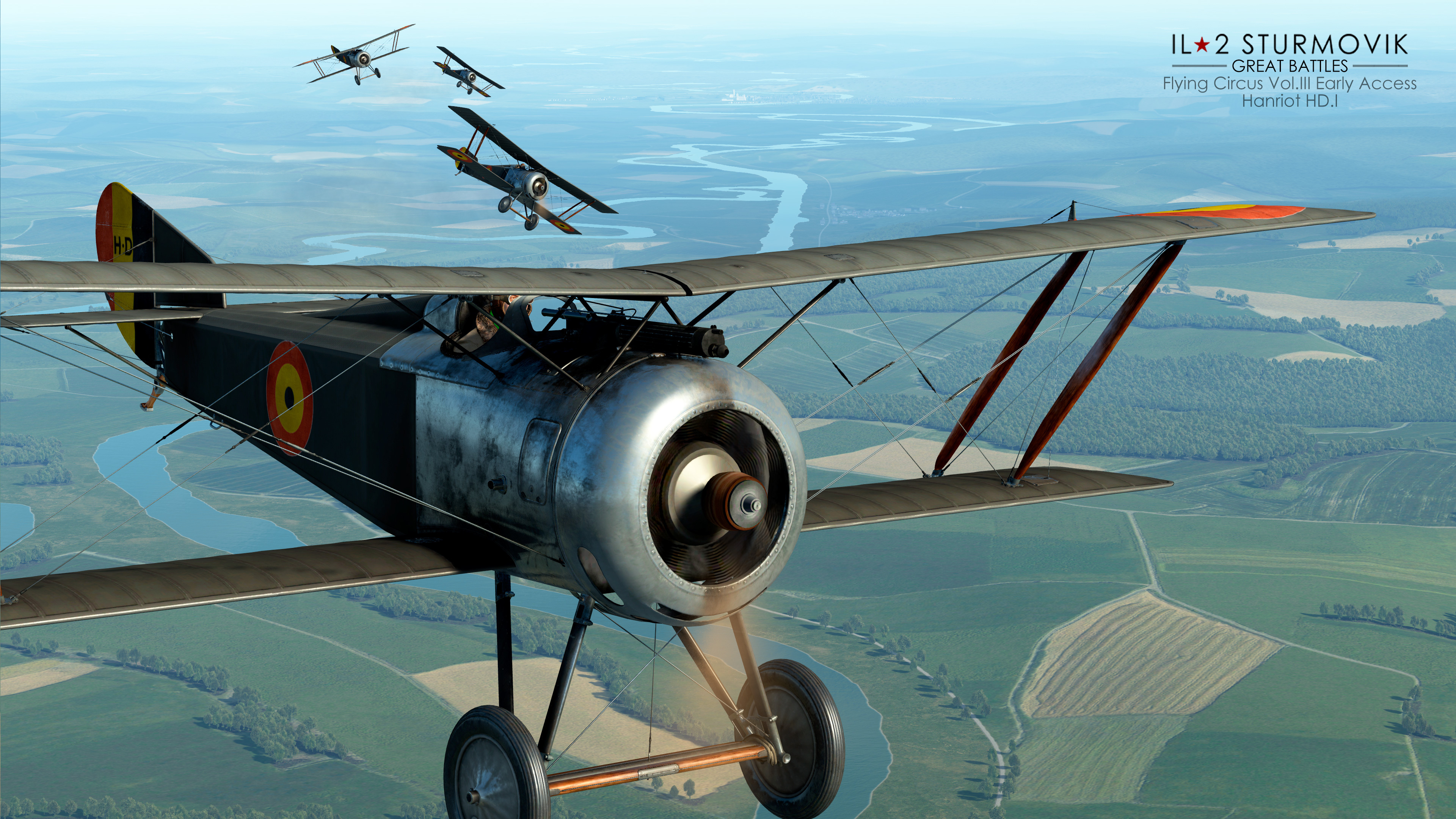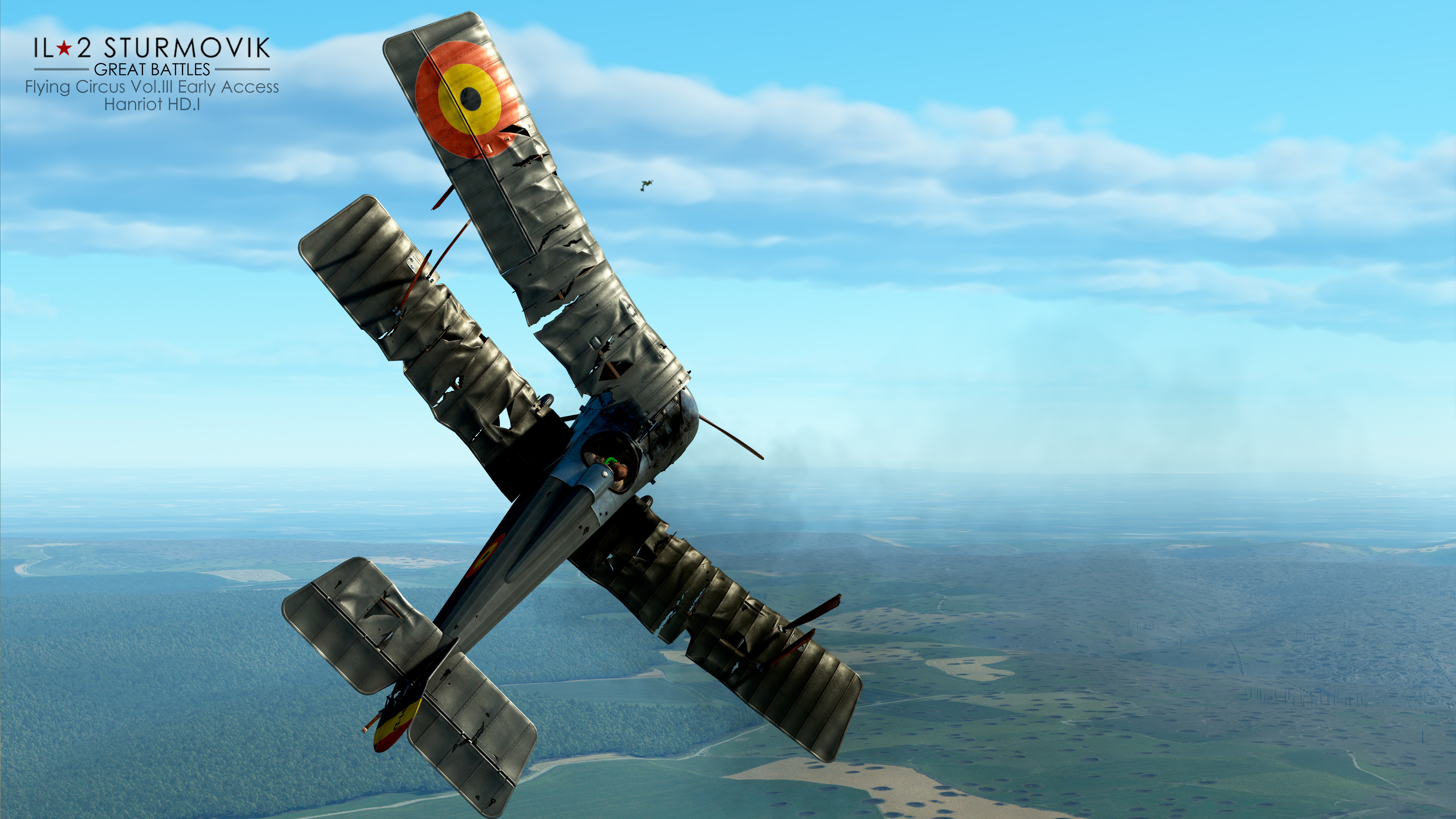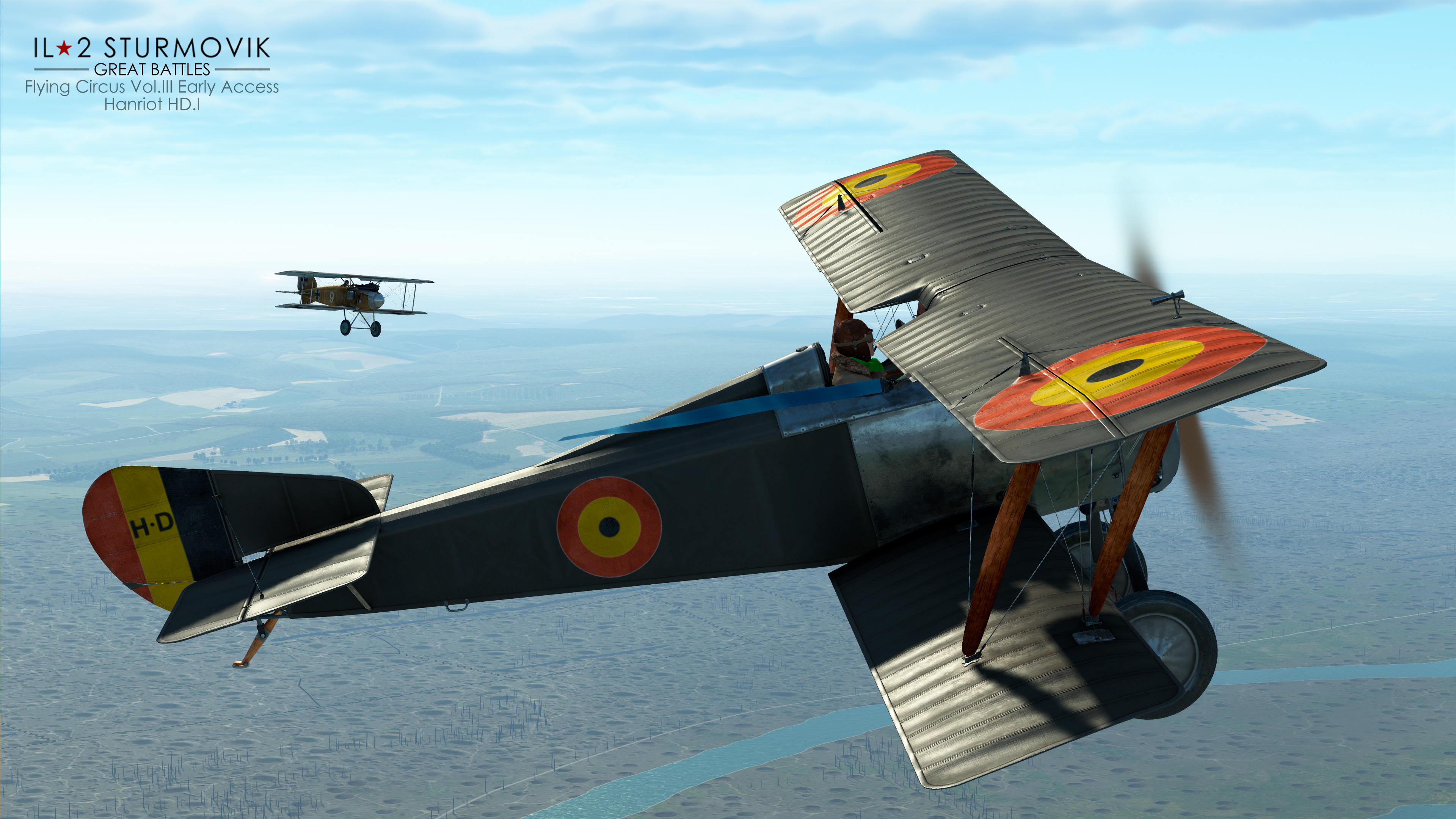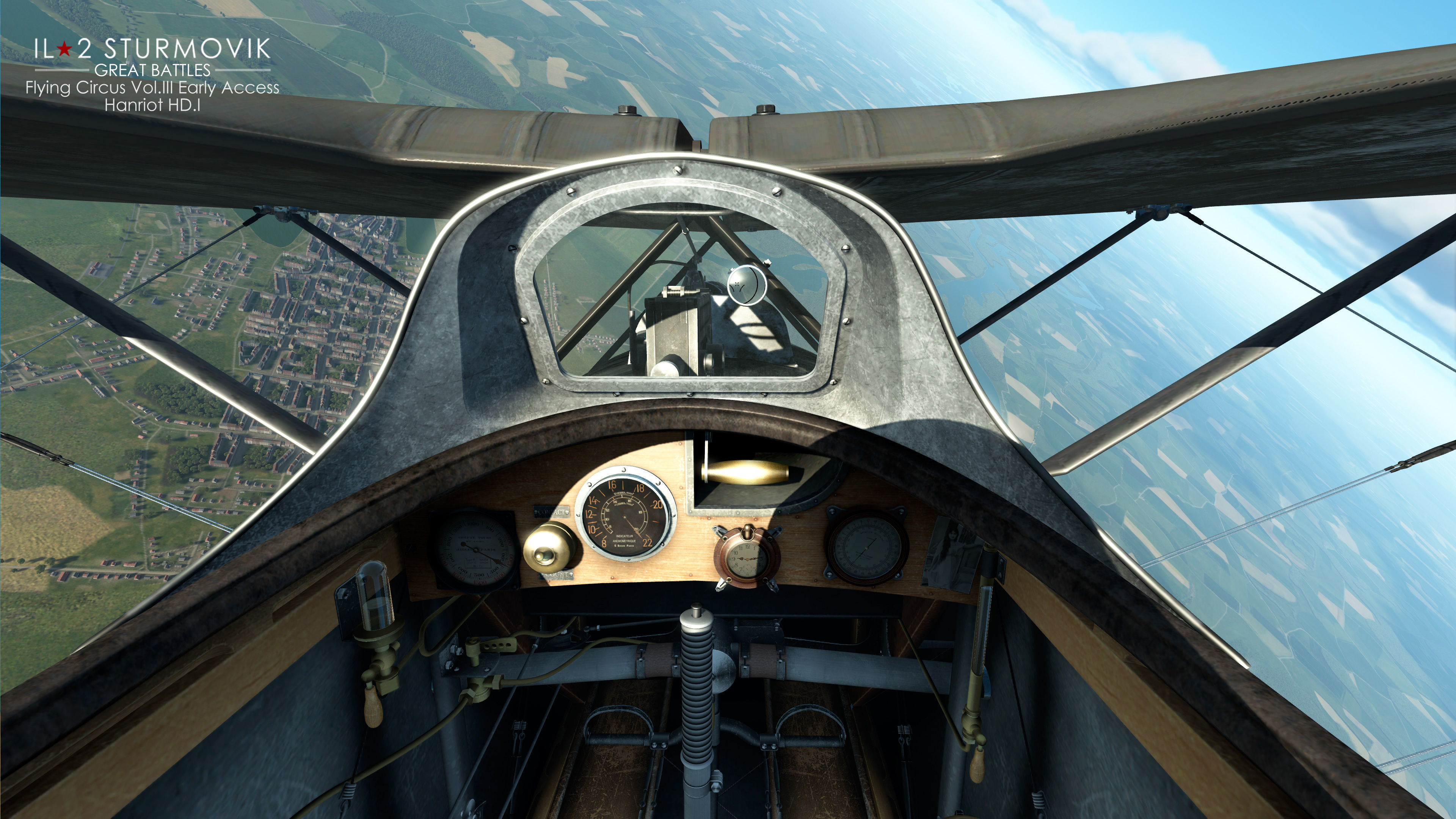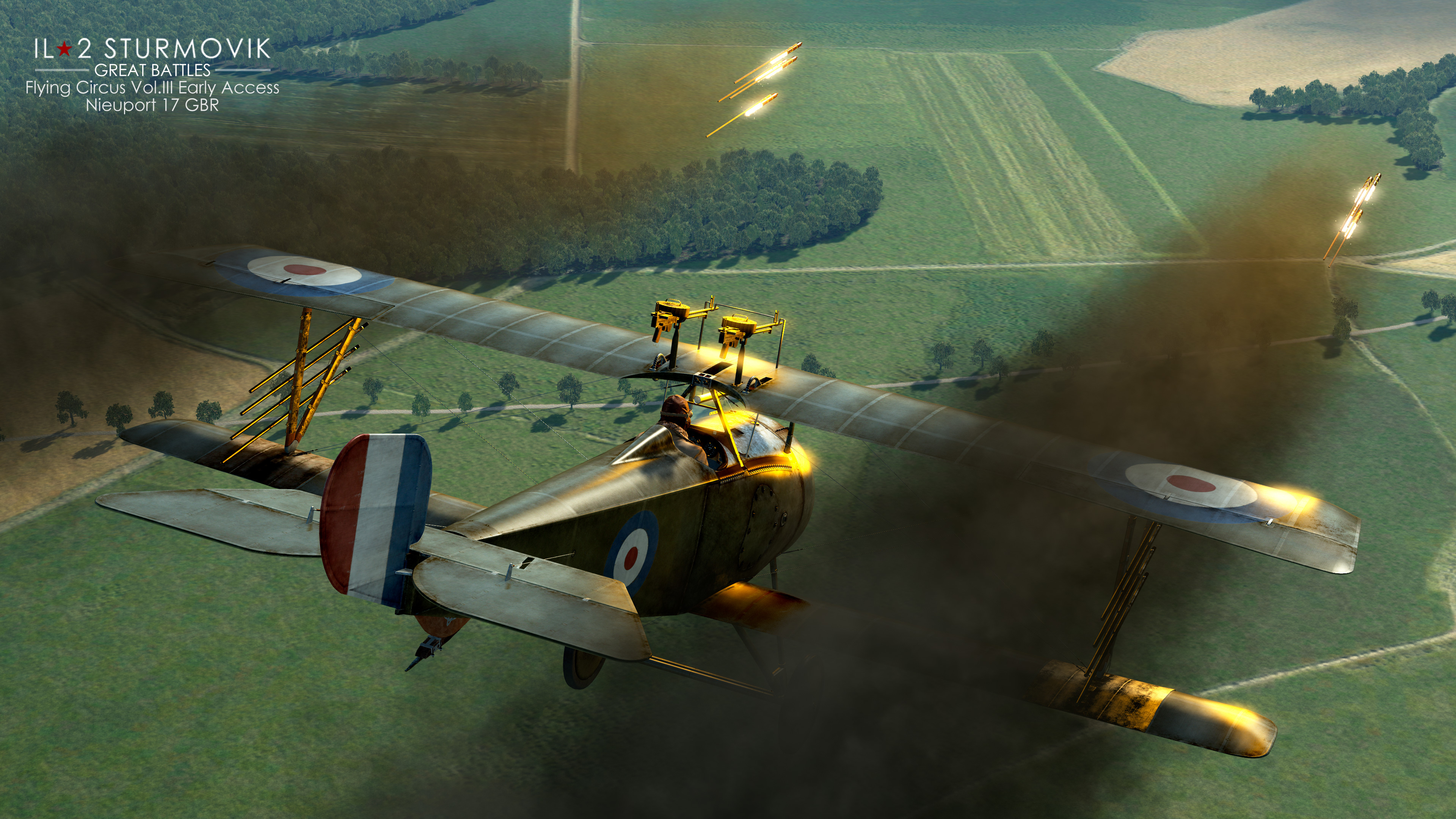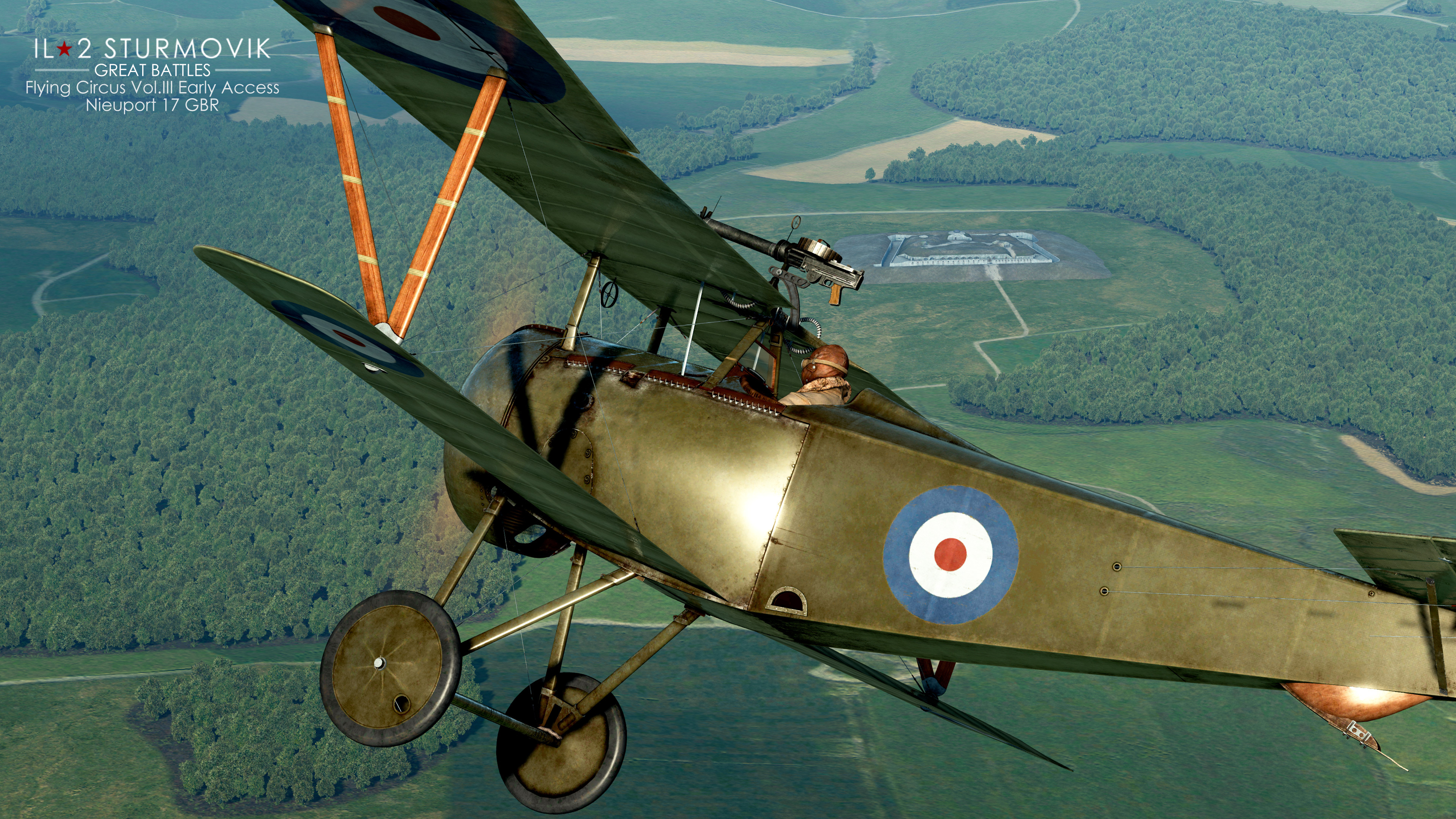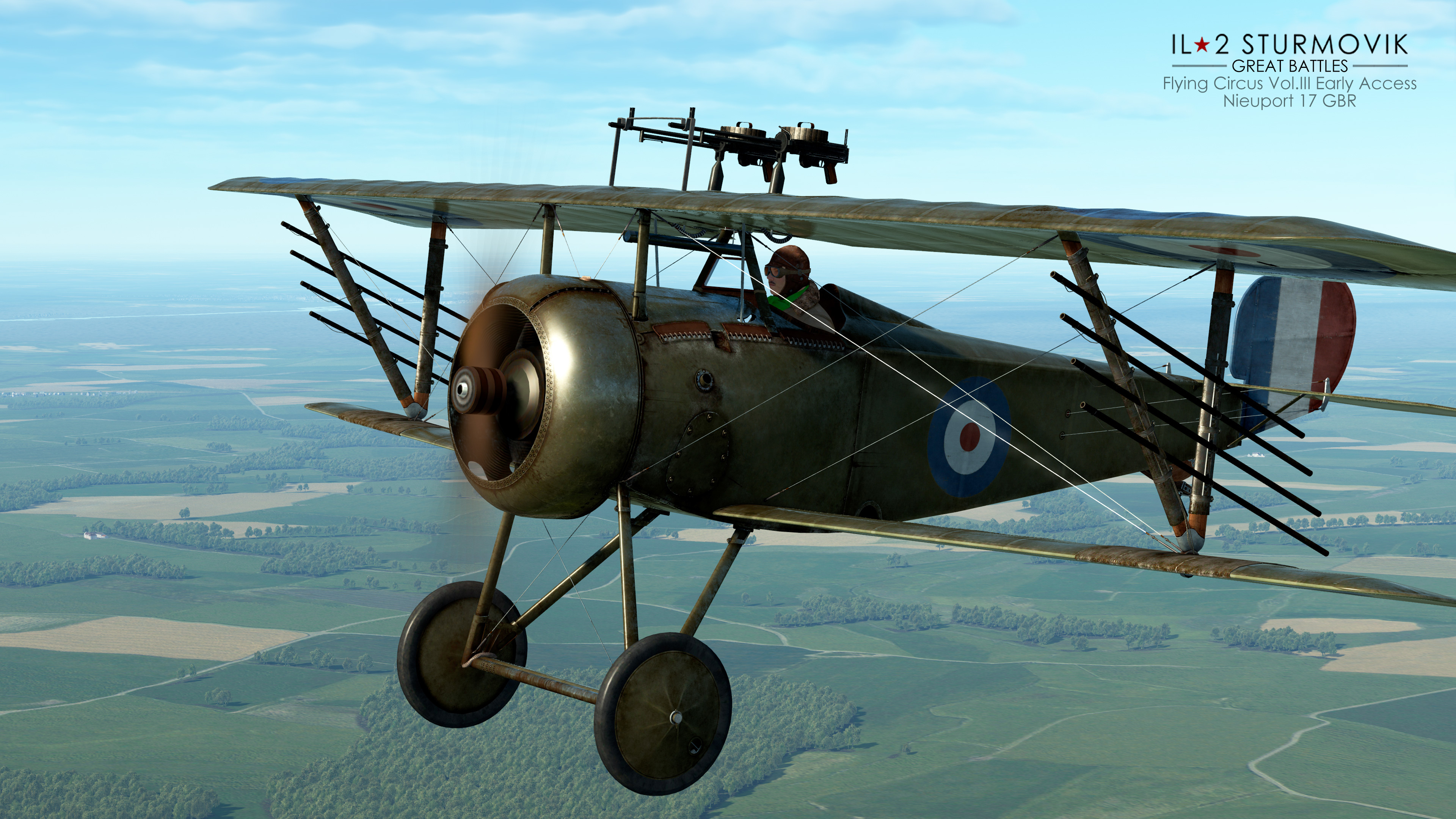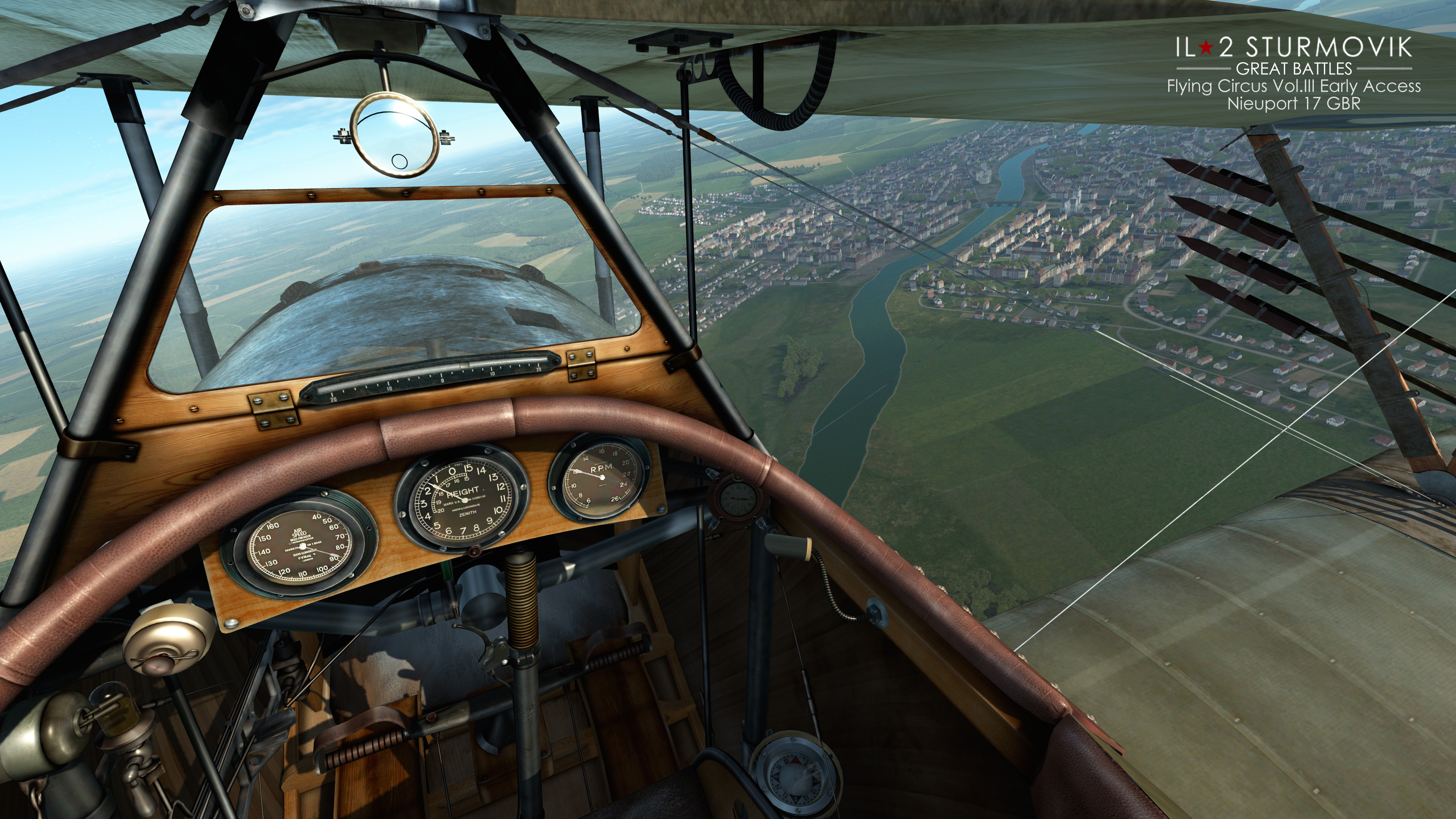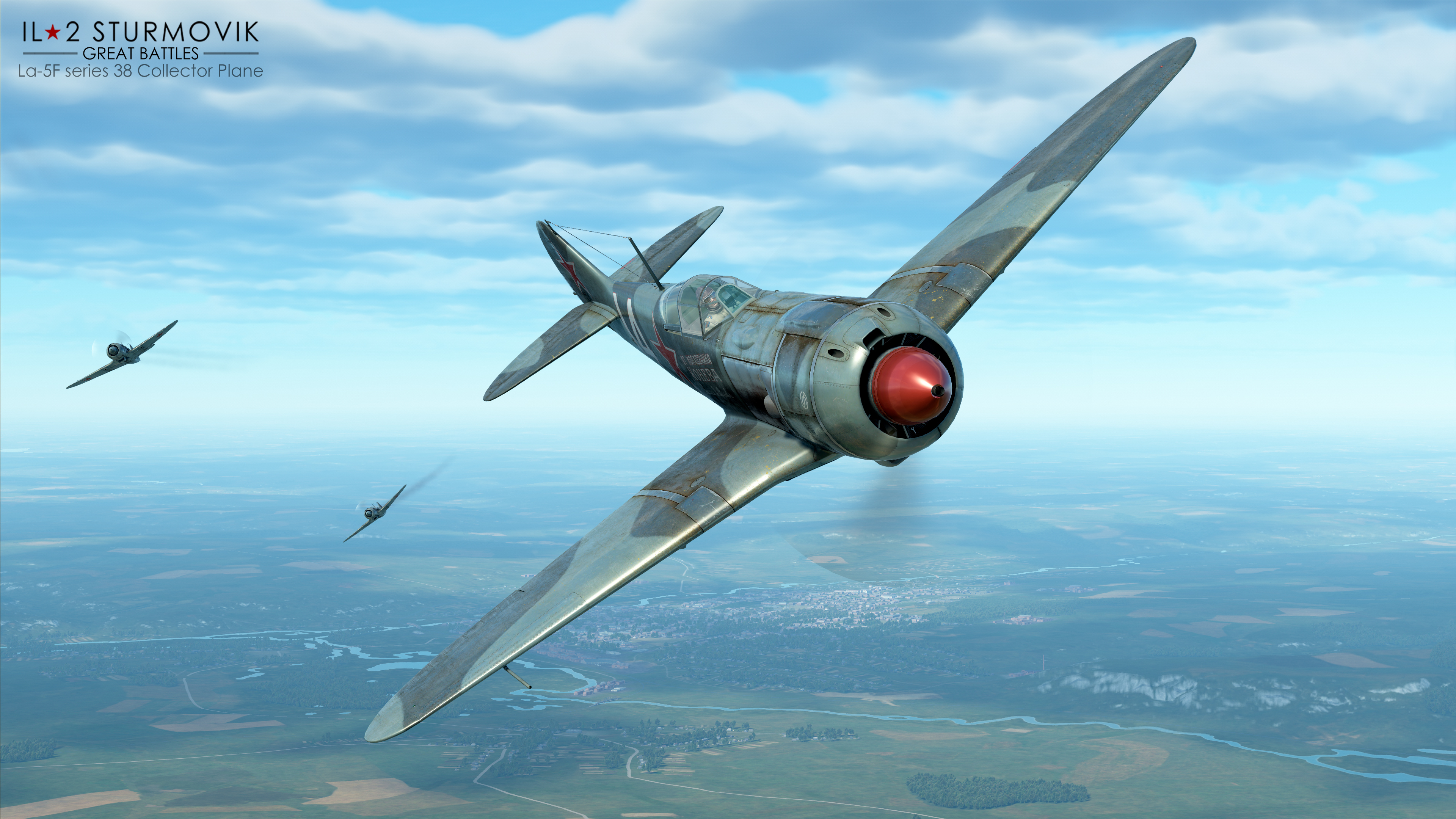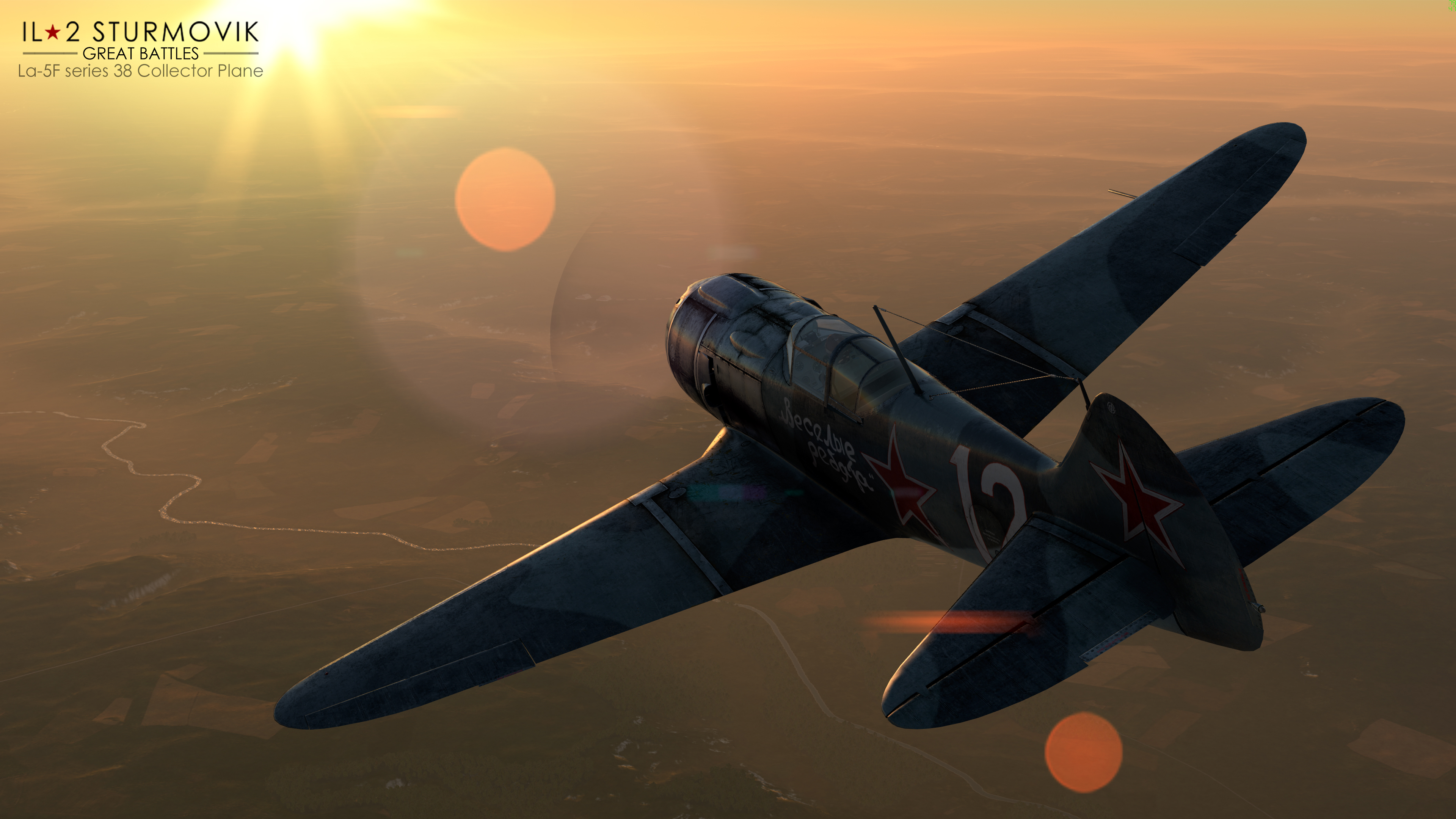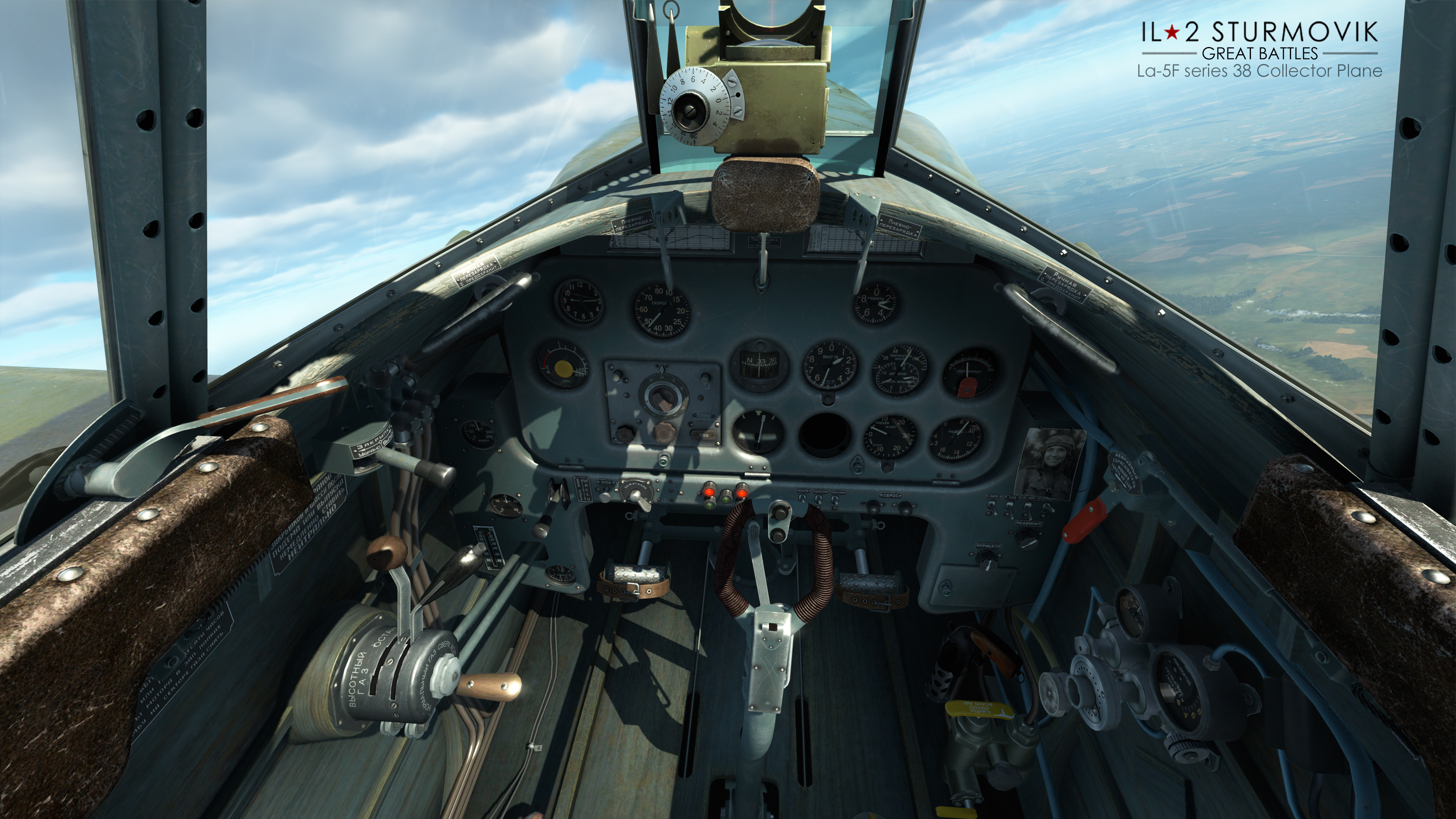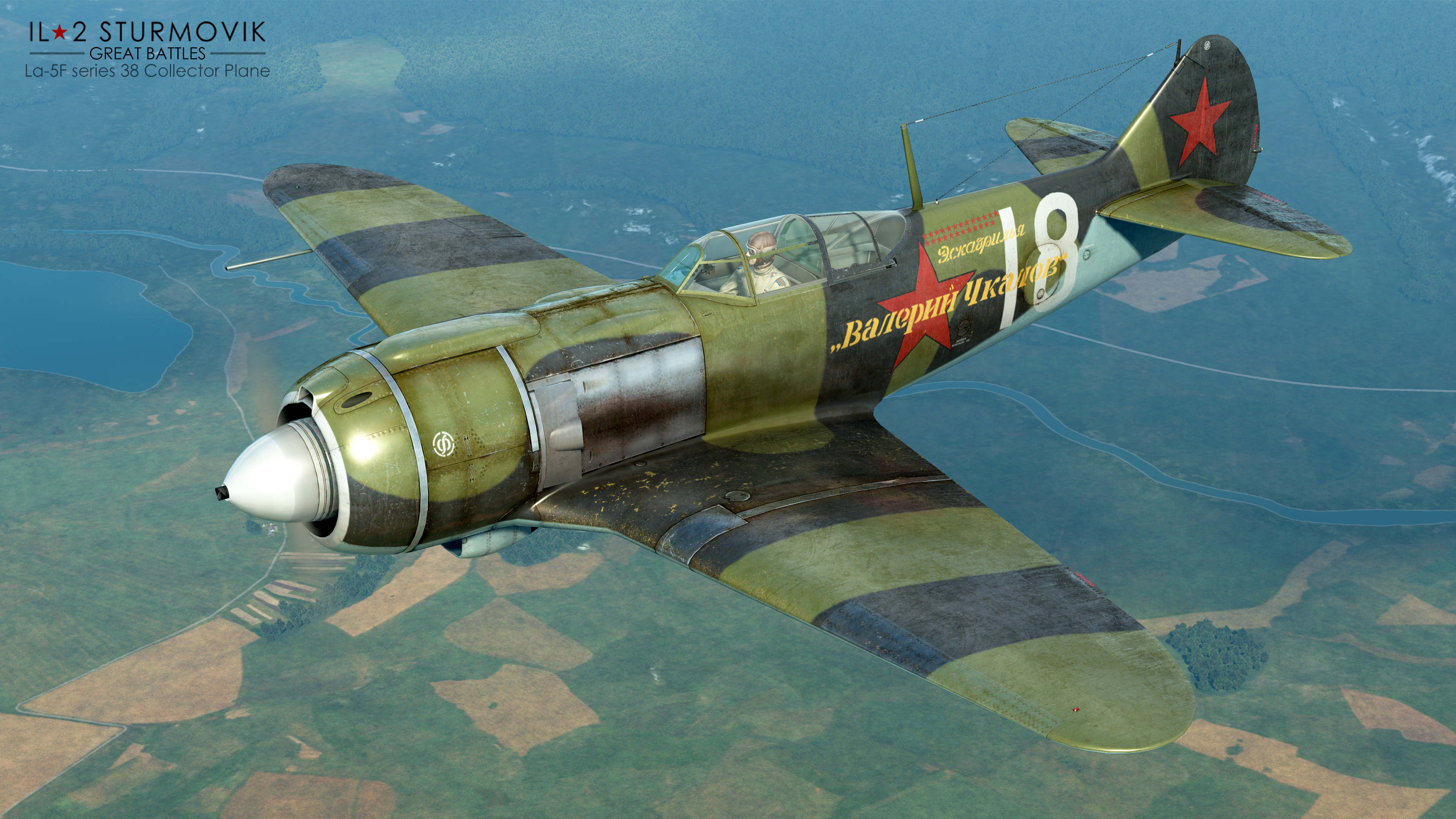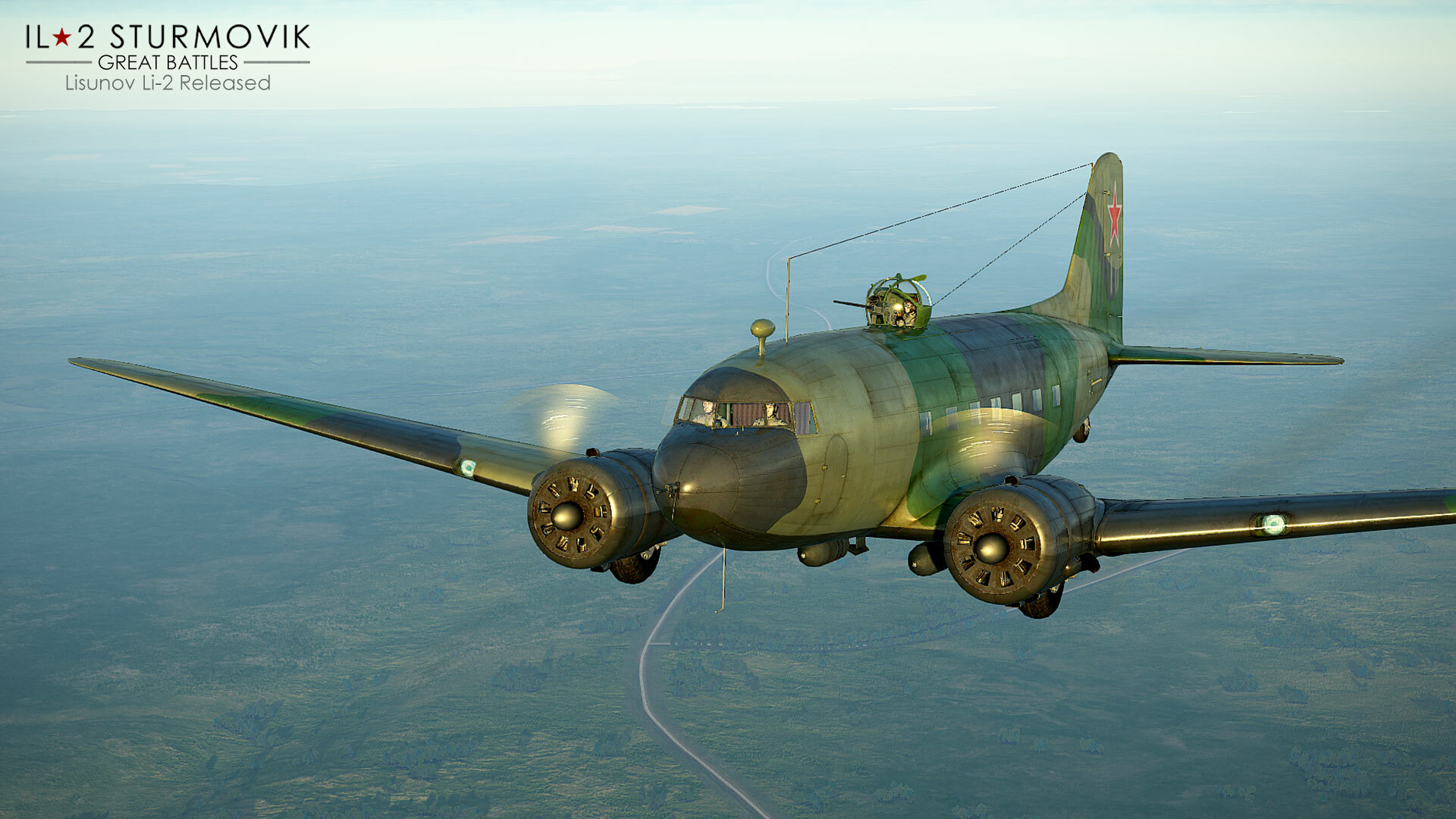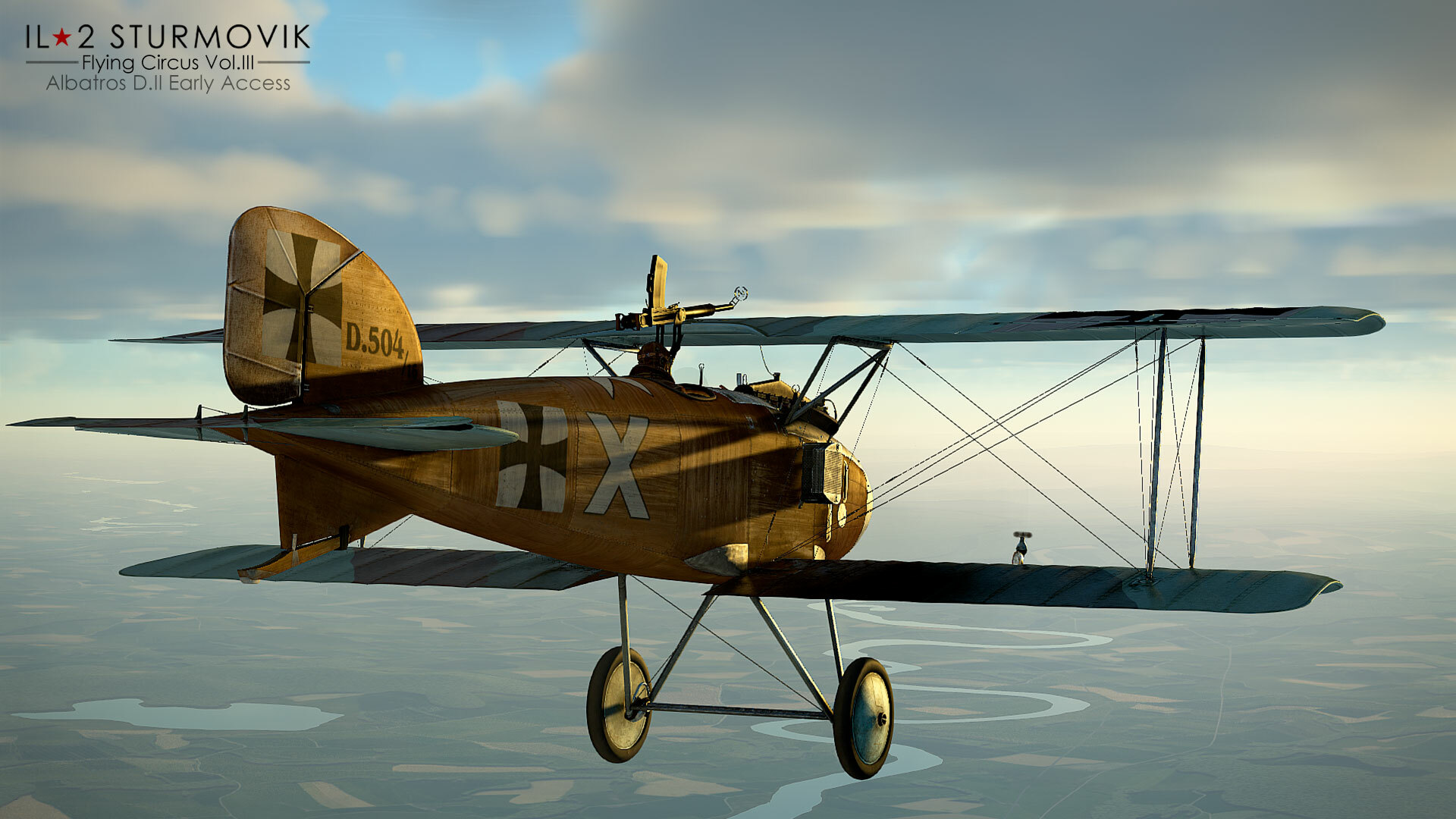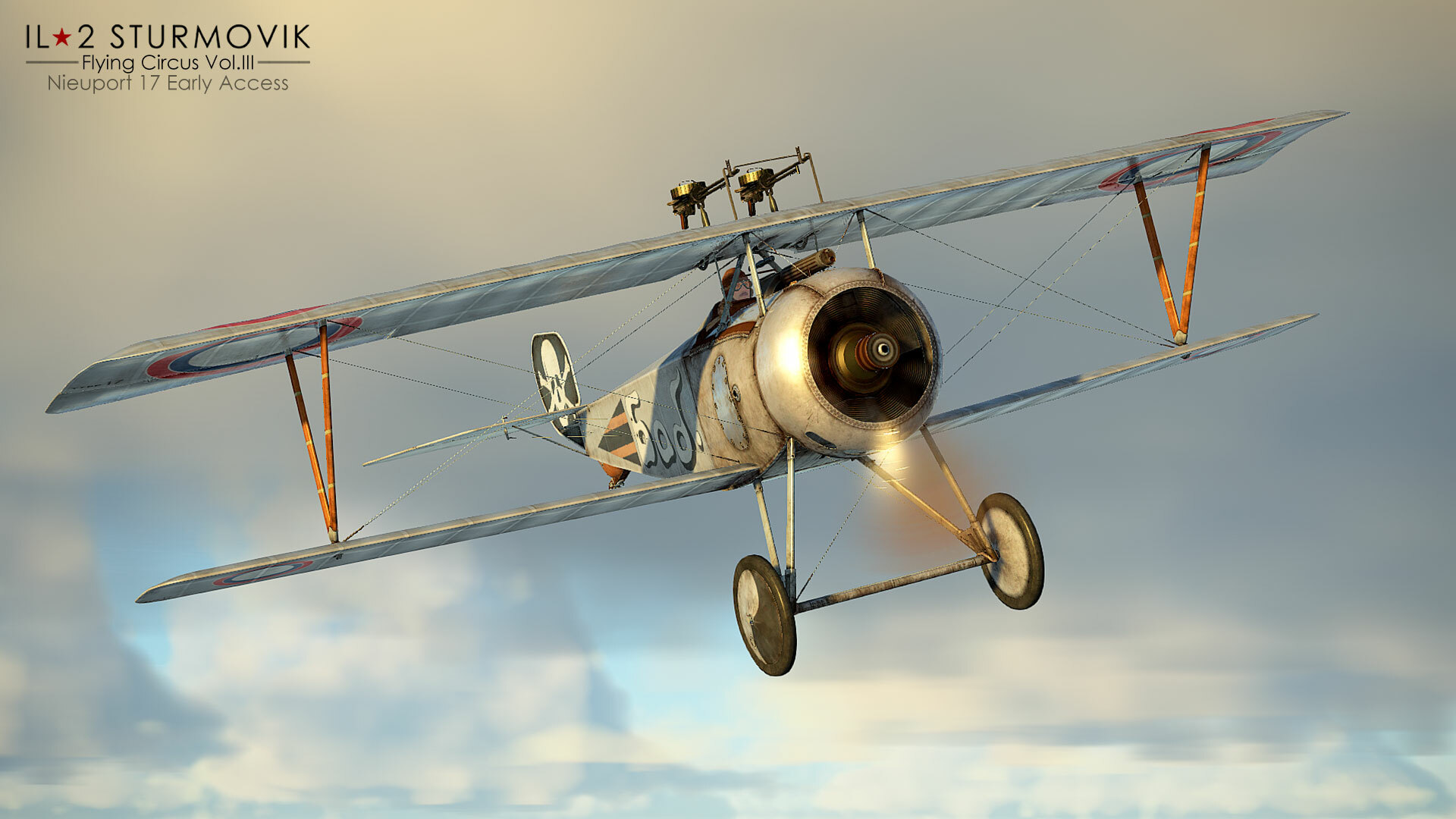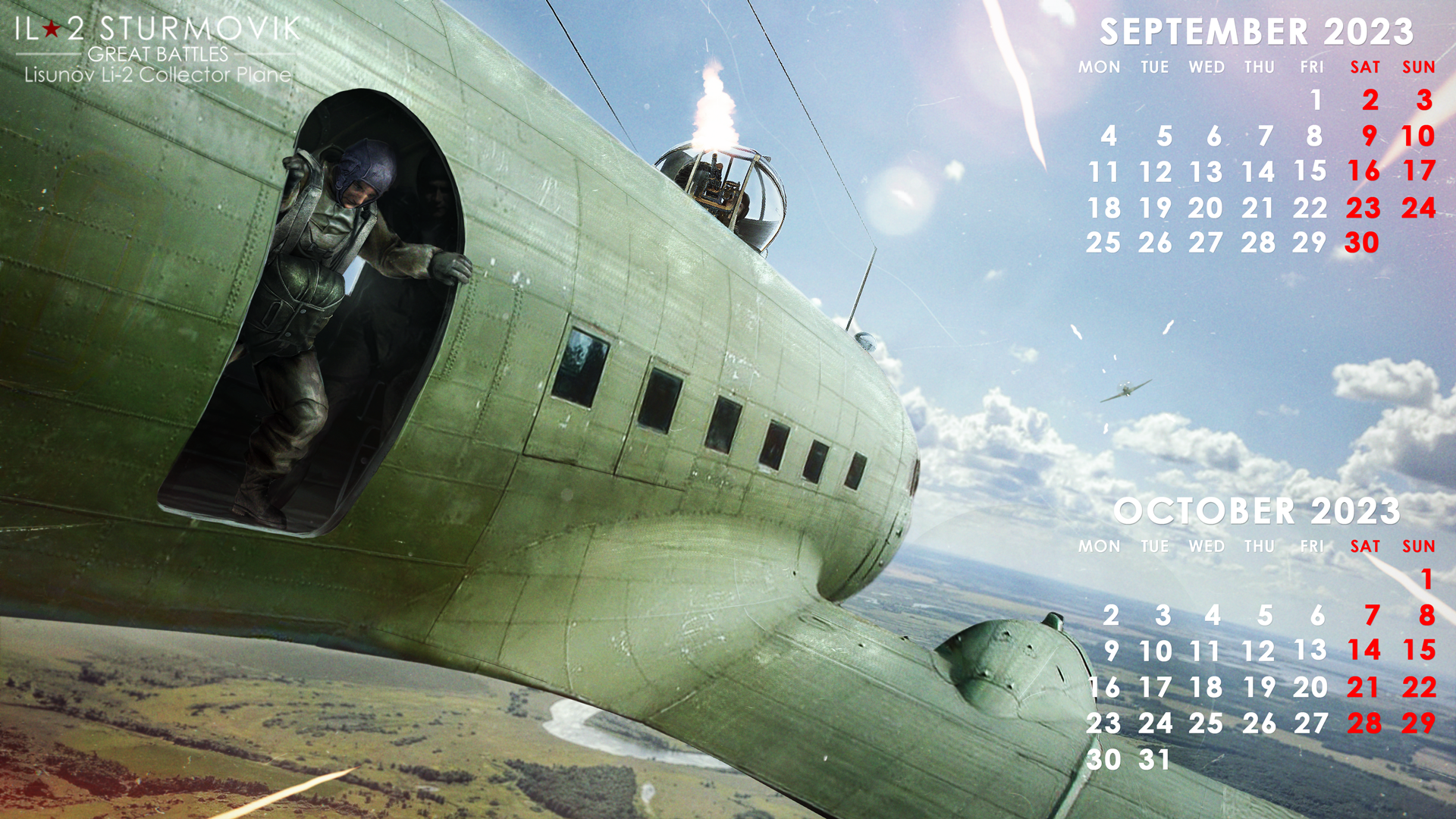
Dec 1, 2023
IL-2 Sturmovik: Battle of Stalingrad - -DED-Rapidus
Dear friends,
The development of the big December update continues. Tomorrow, two new aircraft will join the WACO glider and the updated Western Front map in the beta test - one of them is the two-seater R.E.8, a final piece of the https://il2sturmovik.com/store/flying-circus/ puzzle.
The R.E.8 was designed to replace the B.E.2, which had become obsolete by that time. Its armament consisted of a synchronized machine gun facing forward and a rear gunner position behind the pilot. This was a departure from the B.E.2 design, which had the gunner in front of the pilot, resulting in some awkward and dangerous firing positions when attacked from the rear. The aircraft was powered by a V-type 12-cylinder air-cooled engine, the RAF4a, and was designed to carry radio and photographic equipment for reconnaissance and artillery spotting, and a small bomb load on underwing racks.
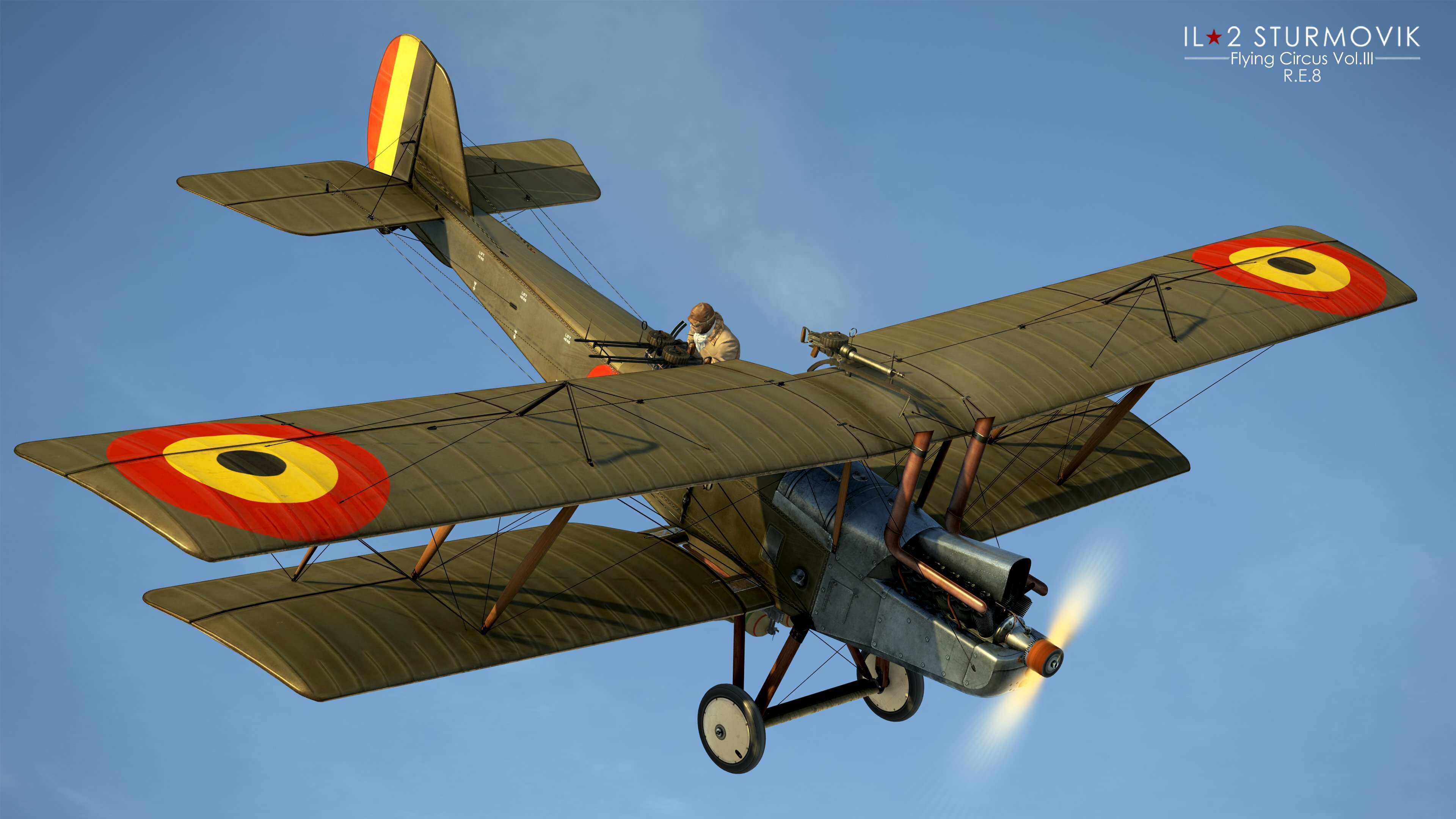

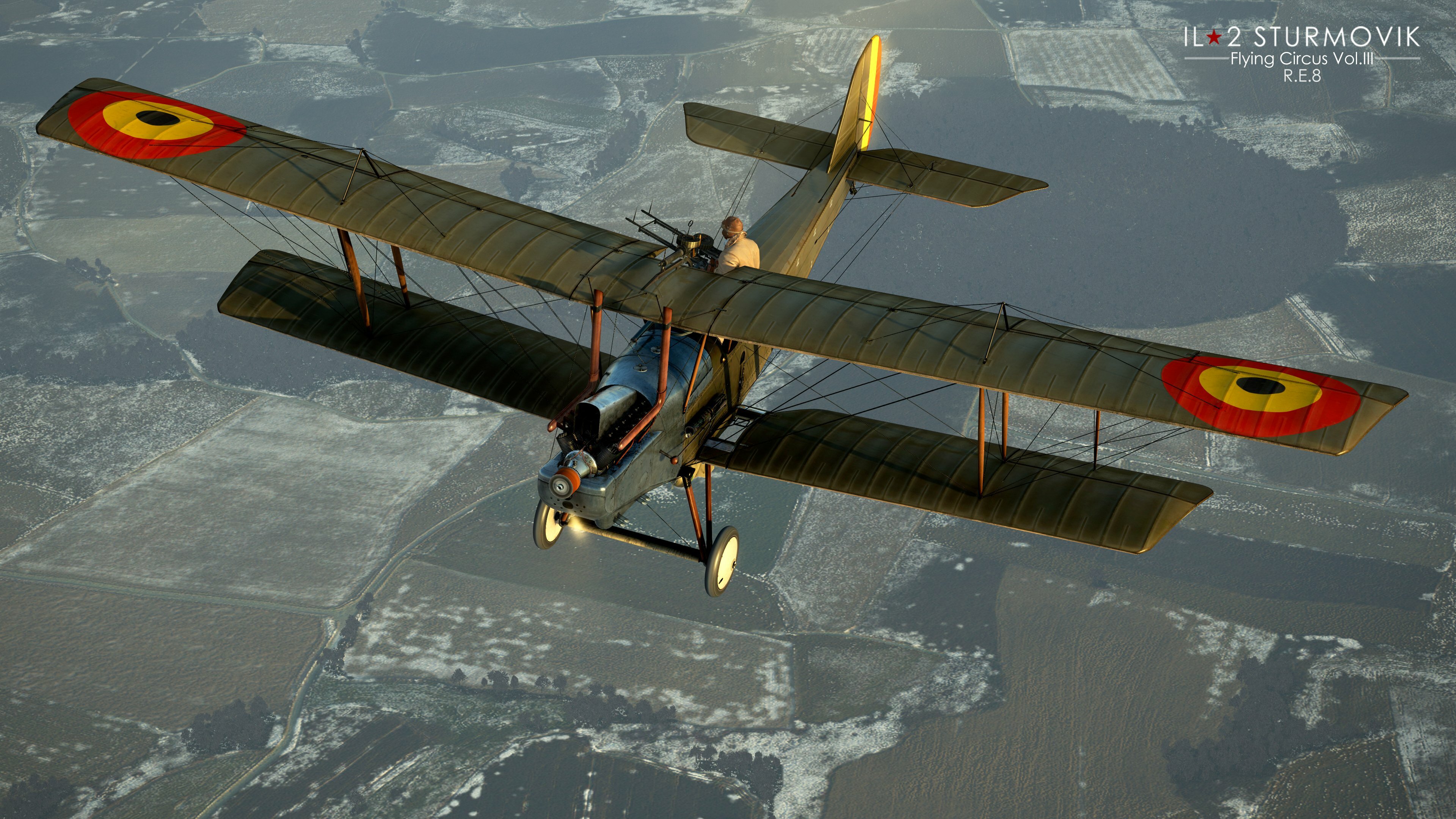
These capabilities made it a very versatile aircraft for its time (it began to reach the front in late 1916), but its pilots weren't thrilled: it was difficult to fly and unforgiving - piloting mistakes could lead to a deadly tailspin. The first front-line squadrons to receive the R.E.8 reverted to the old but combat-proven B.E.2. Eventually the R.E.8s did see combat, and their debut was not very encouraging: in a famous incident on April 13, 1917, six R.E.8s on a reconnaissance mission over the front line were attacked by six Albatros fighters led by Manfred von Richthofen, and all were shot down in a fleeting, one-sided battle with no German losses.
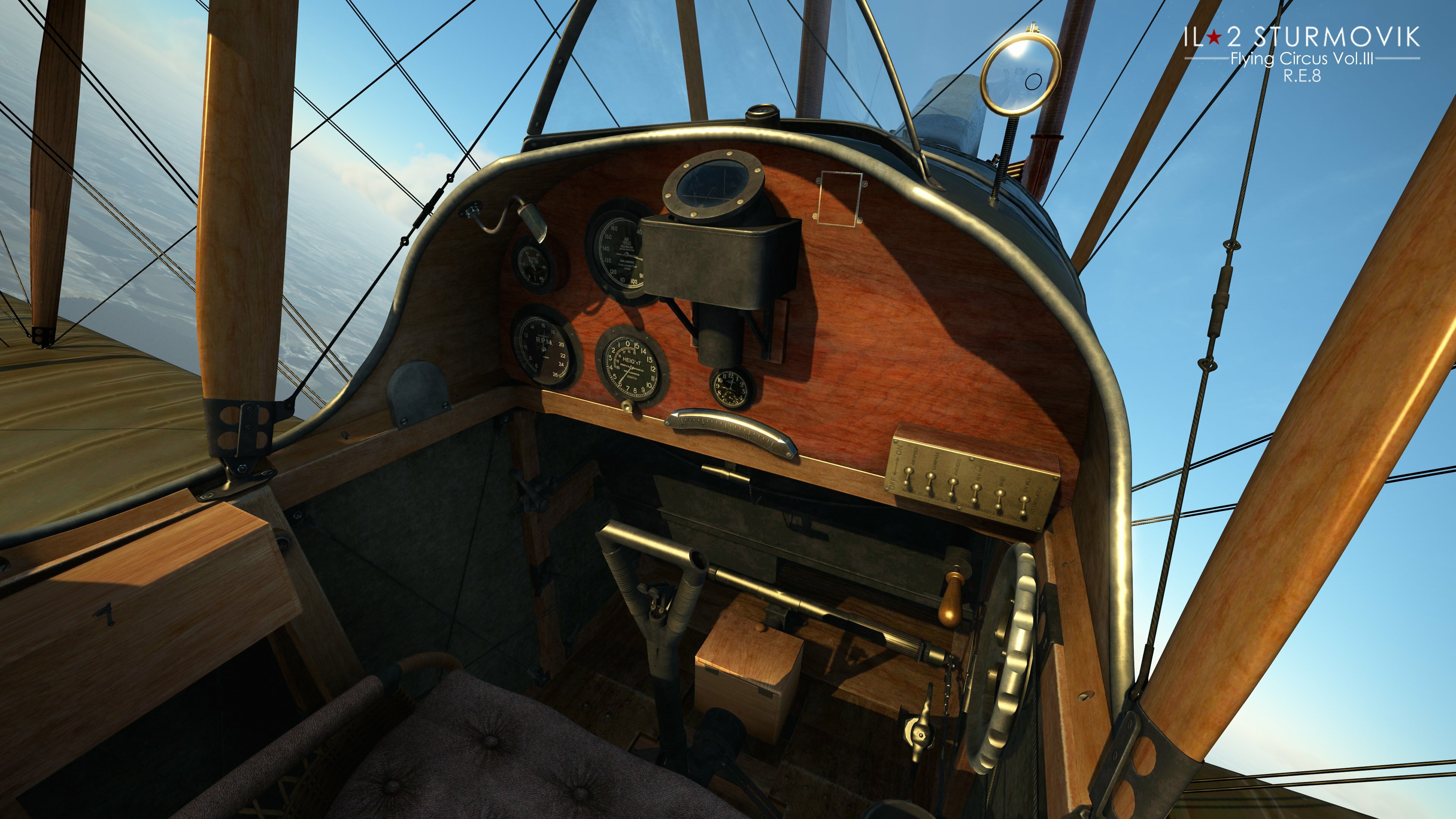
Nevertheless, a new aircraft was desperately needed, and after a modification of the tail unit and the elimination of many small defects, the mass production of the R.E.8 began in several factories and eventually it became the most popular two-seater aircraft used by the British during the Great War. No less than 4077 aircraft were built, making it one of the most common aircraft in the skies over the Western Front. R.E.8s were used for artillery spotting and reconnaissance as well as bombing.

The military designation "R.E.8" shared a familiar ring (pronunciation) with the name of a famous entertainer named Harry Tate, so the aircraft became affectionately known as the "Harry Tate" by its crews. The R.E.8, when operated by experienced crews, performed well in combat and remained in service until the end of the war. 16 squadrons of the Royal Air Force flew the R.E.8 on the Western Front and several other squadrons in other theaters.
This aircraft will complete the aircraft lineup for https://il2sturmovik.com/store/flying-circus/, along with the updated map, making its official release possible. Next week's Dev Blog will feature another WWII aircraft that will also begin beta testing tomorrow - the long-awaited IAR-80.
The development of the big December update continues. Tomorrow, two new aircraft will join the WACO glider and the updated Western Front map in the beta test - one of them is the two-seater R.E.8, a final piece of the https://il2sturmovik.com/store/flying-circus/ puzzle.
The R.E.8 was designed to replace the B.E.2, which had become obsolete by that time. Its armament consisted of a synchronized machine gun facing forward and a rear gunner position behind the pilot. This was a departure from the B.E.2 design, which had the gunner in front of the pilot, resulting in some awkward and dangerous firing positions when attacked from the rear. The aircraft was powered by a V-type 12-cylinder air-cooled engine, the RAF4a, and was designed to carry radio and photographic equipment for reconnaissance and artillery spotting, and a small bomb load on underwing racks.



These capabilities made it a very versatile aircraft for its time (it began to reach the front in late 1916), but its pilots weren't thrilled: it was difficult to fly and unforgiving - piloting mistakes could lead to a deadly tailspin. The first front-line squadrons to receive the R.E.8 reverted to the old but combat-proven B.E.2. Eventually the R.E.8s did see combat, and their debut was not very encouraging: in a famous incident on April 13, 1917, six R.E.8s on a reconnaissance mission over the front line were attacked by six Albatros fighters led by Manfred von Richthofen, and all were shot down in a fleeting, one-sided battle with no German losses.

Nevertheless, a new aircraft was desperately needed, and after a modification of the tail unit and the elimination of many small defects, the mass production of the R.E.8 began in several factories and eventually it became the most popular two-seater aircraft used by the British during the Great War. No less than 4077 aircraft were built, making it one of the most common aircraft in the skies over the Western Front. R.E.8s were used for artillery spotting and reconnaissance as well as bombing.

The military designation "R.E.8" shared a familiar ring (pronunciation) with the name of a famous entertainer named Harry Tate, so the aircraft became affectionately known as the "Harry Tate" by its crews. The R.E.8, when operated by experienced crews, performed well in combat and remained in service until the end of the war. 16 squadrons of the Royal Air Force flew the R.E.8 on the Western Front and several other squadrons in other theaters.
This aircraft will complete the aircraft lineup for https://il2sturmovik.com/store/flying-circus/, along with the updated map, making its official release possible. Next week's Dev Blog will feature another WWII aircraft that will also begin beta testing tomorrow - the long-awaited IAR-80.




